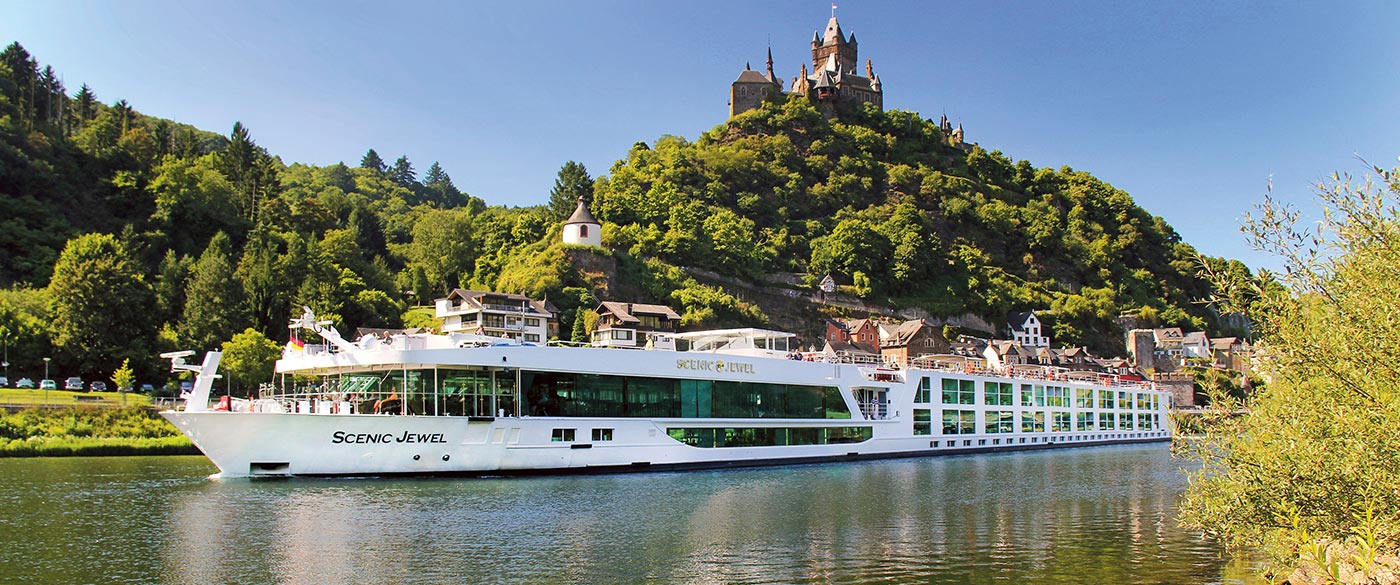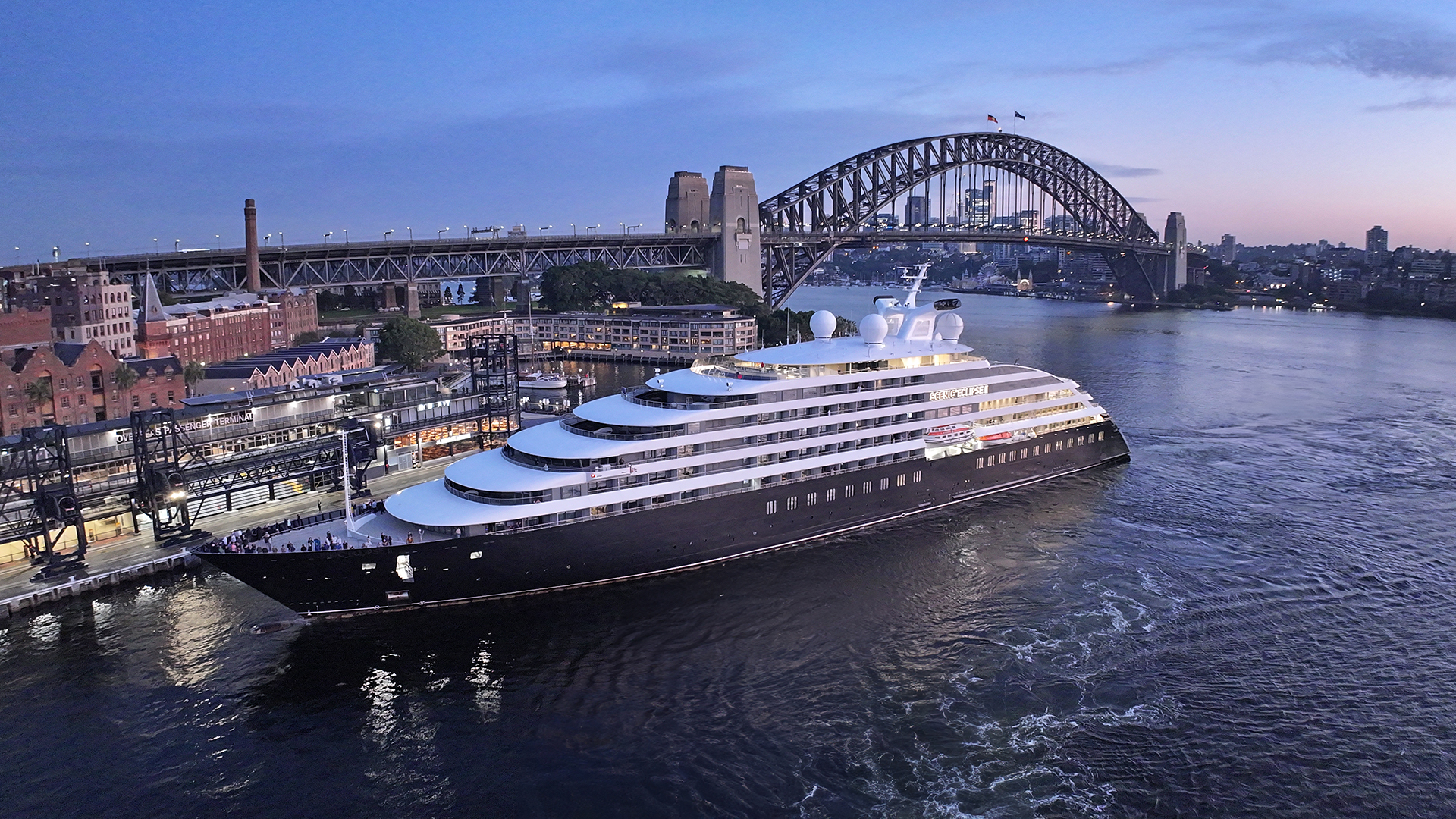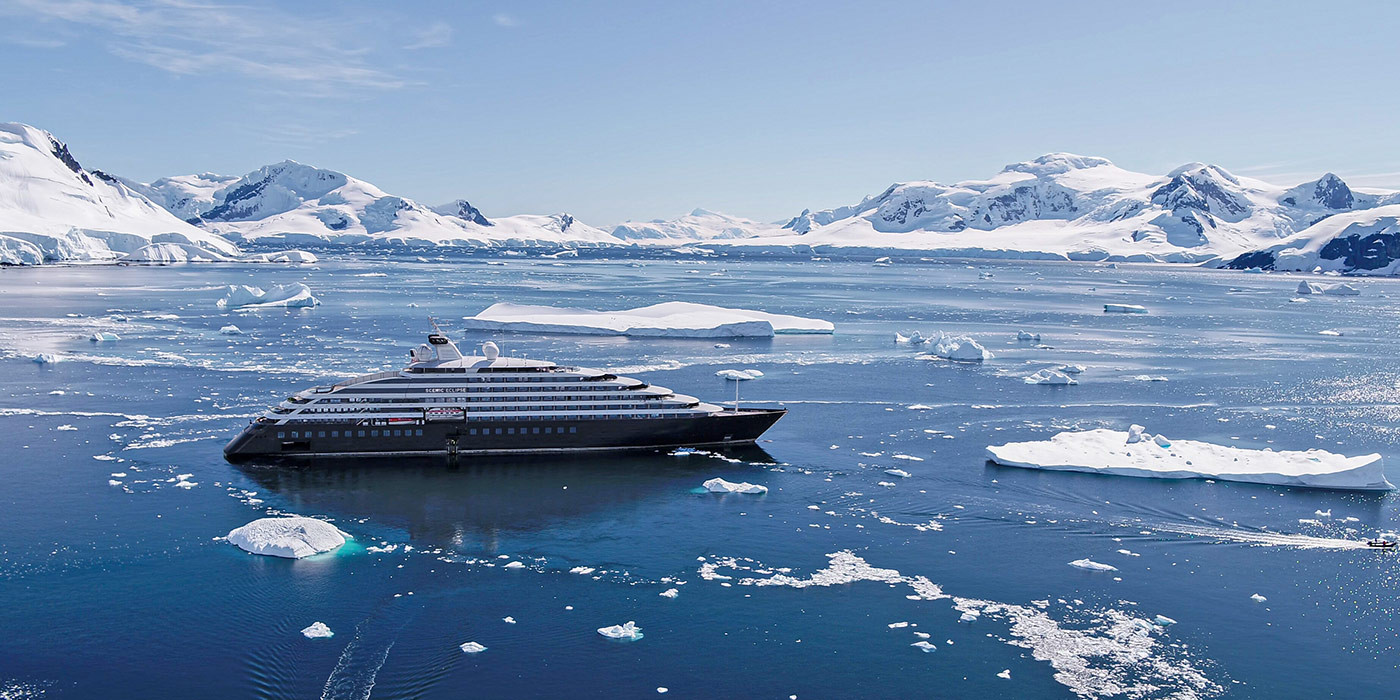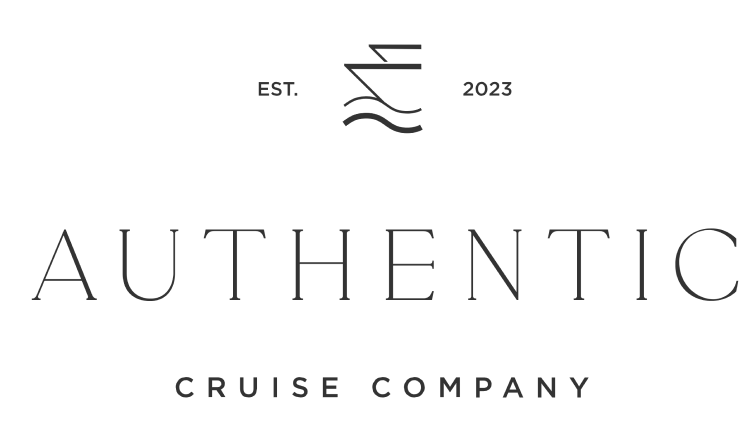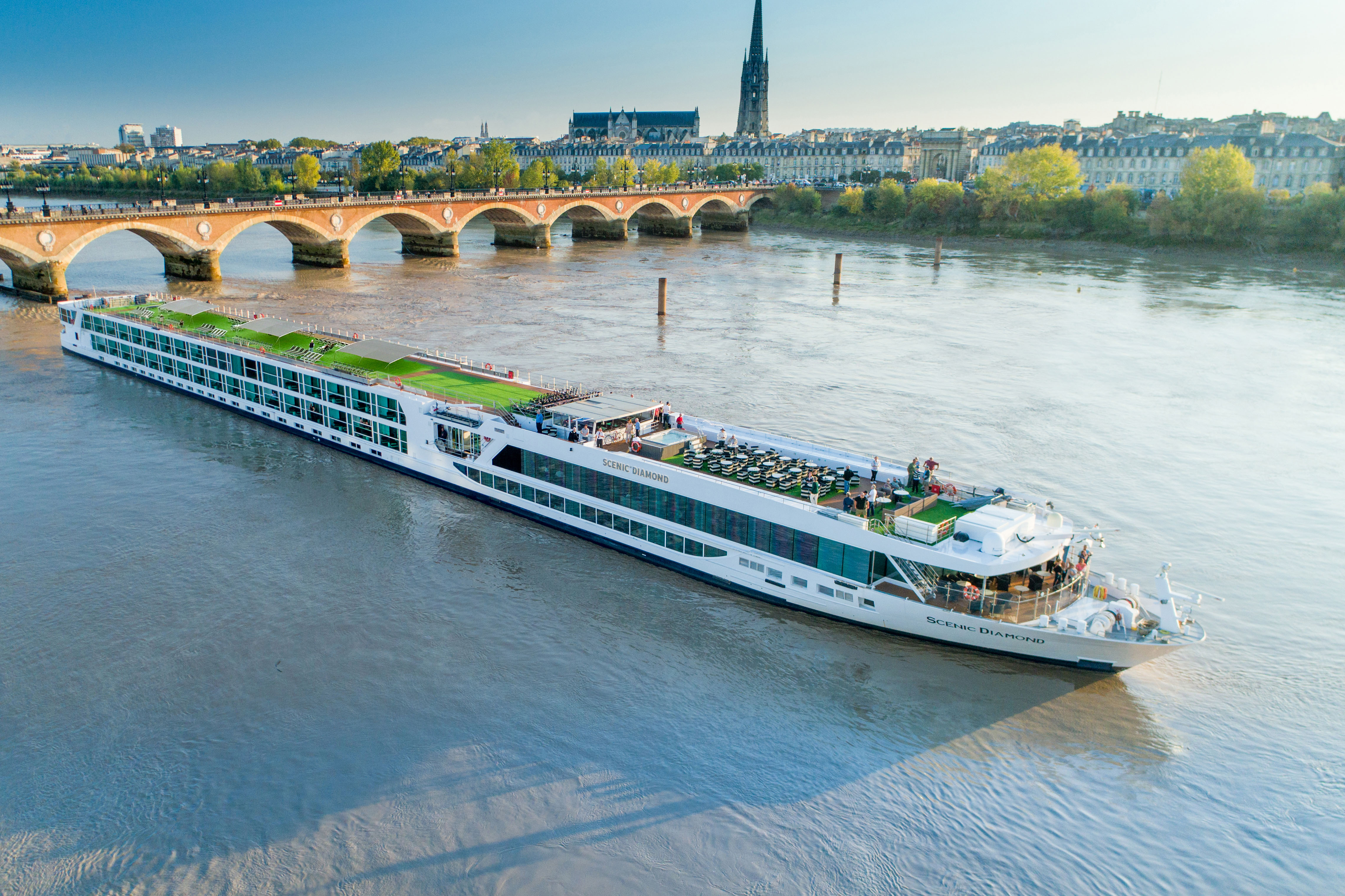Itinerary
Bordeaux as a whole, rather than any particular points within it, is what you’ll want to visit in order to understand why Victor Hugo described it as Versailles plus Antwerp, and why the painter Francisco de Goya, when exiled from his native Spain, chose it as his last home (he died here in 1828). The capital of southwest France and the region’s largest city, Bordeaux remains synonymous with the wine trade: wine shippers have long maintained their headquarters along the banks of the Garonne, while buyers from around the world arrive for the huge biennial Vinexpo show (held in odd-number years).Bordeaux is, admittedly, a less exuberant city than many others in France, but lively and stylish elements are making a dent in its conservative veneer. The cleaned-up riverfront is said by some, after a bottle or two, to exude an elegance reminiscent of St. Petersburg, and that aura of 18th-century élan also permeates the historic downtown sector—“le vieux Bordeaux”—where fine shops invite exploration. To the south of the city center are old docklands undergoing renewal—one train station has now been transformed into a big multiplex movie theater—but the area is still a bit shady. To get a feel for the historic port of Bordeaux, take the 90-minute boat trip that leaves Quai Louis-XVIII every weekday afternoon, or the regular passenger ferry that plies the Garonne between Quai Richelieu and the Pont d’Aquitaine in summer. A nice time to stroll around the city center is the first Sunday of the month, when it’s pedestrian-only and vehicles are banned.
Day programme:
Welcome to Bordeaux, where your crew are ready to receive you on board the luxurious Scenic Diamond.The moniker 'Sleeping Beauty' or La Belle Endormie was given to Bordeaux when industry was moved to the outskirts and the city was all but abandoned. In the late 20th century, the city was revived and restored to its former glory. The city centre was pedestrianised, limestone was revealed under blackened facades, and Bordeaux was listed as a World Heritage Site with more than 300 structures declared historical monuments. It’s now one of the most desirable places in France to live and visit.
Bordeaux as a whole, rather than any particular points within it, is what you’ll want to visit in order to understand why Victor Hugo described it as Versailles plus Antwerp, and why the painter Francisco de Goya, when exiled from his native Spain, chose it as his last home (he died here in 1828). The capital of southwest France and the region’s largest city, Bordeaux remains synonymous with the wine trade: wine shippers have long maintained their headquarters along the banks of the Garonne, while buyers from around the world arrive for the huge biennial Vinexpo show (held in odd-number years).Bordeaux is, admittedly, a less exuberant city than many others in France, but lively and stylish elements are making a dent in its conservative veneer. The cleaned-up riverfront is said by some, after a bottle or two, to exude an elegance reminiscent of St. Petersburg, and that aura of 18th-century élan also permeates the historic downtown sector—“le vieux Bordeaux”—where fine shops invite exploration. To the south of the city center are old docklands undergoing renewal—one train station has now been transformed into a big multiplex movie theater—but the area is still a bit shady. To get a feel for the historic port of Bordeaux, take the 90-minute boat trip that leaves Quai Louis-XVIII every weekday afternoon, or the regular passenger ferry that plies the Garonne between Quai Richelieu and the Pont d’Aquitaine in summer. A nice time to stroll around the city center is the first Sunday of the month, when it’s pedestrian-only and vehicles are banned.
Day programme:
This morning is spent on board relaxing as you cruise into the beautiful 13th century port of Libourne. Spend the afternoon in the nearby town of Saint-Émilion, a World Heritage-listed medieval village with world-famous wineries, beautiful architecture and historic monuments. It’s also the birthplace of macarons. This evening your Scenic Space-Ship will be docked overnight in Libourne, a 13th-century city located at the confluence of the Dordogne and Isle rivers.
Libourne, France, is a historic town in the Bordeaux wine region, renowned for its vibrant market and beautiful architecture. Located along the Dordogne River, it features a charming blend of medieval and Renaissance buildings, including the striking Church of Saint-Jean-Baptiste. Libourne is a gateway to prestigious wine estates, including Pomerol and Saint-Émilion. The town’s bustling market and scenic riverside setting offer a delightful experience for visitors interested in wine, history, and local culture.
Libourne, France, is a historic town in the Bordeaux wine region, renowned for its vibrant market and beautiful architecture. Located along the Dordogne River, it features a charming blend of medieval and Renaissance buildings, including the striking Church of Saint-Jean-Baptiste. Libourne is a gateway to prestigious wine estates, including Pomerol and Saint-Émilion. The town’s bustling market and scenic riverside setting offer a delightful experience for visitors interested in wine, history, and local culture.
Day programme:
Today you’ll have the opportunity to explore Libourne and its surrounding wine-growing region.Scenic Freechoice: Walking tour of Libourne: Join your local guide for a walking tour of Libourne, the fortified harbour town with a rich history linked to the trade of wool, wine, salt and wood.Wines and vineyards of Saint-Emilion: Journey to the countryside of Saint Emilion for a wine tasting at one of the region’s most renowned château. Explore the property before tasting some of the estate exceptional wines.Excursion to sturgeon farm: Learn about caviar production during a visit to a local sturgeon farm, with tasting.Artisanal flour mill: Tour the machinery at a beautifully restored 19th century water mill on the Isle River and join a bread-making workshop.This afternoon, relax on board as you sail towards Blaye. Toast the passing scenery with a regional wine or beer in the Panorama Lounge & Bar or spend time in the rejuvenating Salt Therapy Lounge.
Blaye, France, is a picturesque town in the Gironde department, renowned for its historic Blaye Citadel, a UNESCO World Heritage site with stunning views of the Gironde estuary. The town boasts charming streets, vibrant markets, and renowned vineyards producing exceptional wines, including Blaye Côtes de Bordeaux. Blaye’s blend of historical architecture, scenic river views, and local wine culture makes it an inviting destination for history enthusiasts and wine lovers alike.
Blaye, France, is a picturesque town in the Gironde department, renowned for its historic Blaye Citadel, a UNESCO World Heritage site with stunning views of the Gironde estuary. The town boasts charming streets, vibrant markets, and renowned vineyards producing exceptional wines, including Blaye Côtes de Bordeaux. Blaye’s blend of historical architecture, scenic river views, and local wine culture makes it an inviting destination for history enthusiasts and wine lovers alike.
Day programme:
This morning you will arrive in Blaye. Most famously, this petite hamlet is home to a World Heritage-listed citadel that was constructed to protect the city of Bordeaux from enemy attacks. Scenic Freechoice: Explore with the following Scenic Freechoice activities.Walking tour of Blaye: Stroll through the charming city of Blaye with a local guide, a World Heritage-listed monument that overlooks the Gironde Estuary.Active walking tour of Blaye: Tour the fascinating citadel of Blaye on an active walking tour with a local guide. Gain an understanding of the defence system created by the famous architect Sébastien Vauban.Scenic EnrichSet in spectacular surrounds in the Médoc countryside, Château d'Agassac is truly enchanting. Dating back to the 13th century the Château is one of the oldest winemaking establishments in the region and is the venue for your unforgettable evening concert. Wander through the château and its gardens and soak in the ambiance of this magnificent property before a string quartet performs classical masterpieces for your enjoyment.
Day programme:
Wake up this morning in Fort Médoc, located between Bordeaux and Pointe de Grave, at the northern end of the Médoc winegrowing region. This appellation grows some of the world’s most famous and expensive wines, particularly cabernet sauvignon. Scenic Freechoice: Médoc wine tasting by coach: Travel by coach through this scenic region to a local winery and enjoy a tasting.Médoc wine tasting by bicycle: Discover the spectacular Médoc countryside by e-bike today and sample the region’s finest at one of the prestigious estates.Back on board, enjoy lunch as you cruise to Bourg, a picturesque town set on a rocky promontory. This quiet village sits among many famous World Heritage-listed sites and, though it is just as charming, remains largely undiscovered by the masses.Scenic Freechoice: Bourg with Carriages Museum: Situated inside the grounds of Bourg Castle, visit the Carriages Museum with a local guide.Guided cycling along the Captain’s Road: Join an active cycling tour along the Captain’s Road, a winding coastal road offers spectacular views, and is lined with old captains homesteads with floral gardens, small fishermen huts and of course some vineyards.Visit a local estate: Enjoy magnificent panoramic views of the Gironde while tasting Côtes de Bourg wines at a local winery.This evening your ship will continue its journey towards Cadillac, stopping overnight in Bordeaux before sailing onward.
Bordeaux as a whole, rather than any particular points within it, is what you’ll want to visit in order to understand why Victor Hugo described it as Versailles plus Antwerp, and why the painter Francisco de Goya, when exiled from his native Spain, chose it as his last home (he died here in 1828). The capital of southwest France and the region’s largest city, Bordeaux remains synonymous with the wine trade: wine shippers have long maintained their headquarters along the banks of the Garonne, while buyers from around the world arrive for the huge biennial Vinexpo show (held in odd-number years).Bordeaux is, admittedly, a less exuberant city than many others in France, but lively and stylish elements are making a dent in its conservative veneer. The cleaned-up riverfront is said by some, after a bottle or two, to exude an elegance reminiscent of St. Petersburg, and that aura of 18th-century élan also permeates the historic downtown sector—“le vieux Bordeaux”—where fine shops invite exploration. To the south of the city center are old docklands undergoing renewal—one train station has now been transformed into a big multiplex movie theater—but the area is still a bit shady. To get a feel for the historic port of Bordeaux, take the 90-minute boat trip that leaves Quai Louis-XVIII every weekday afternoon, or the regular passenger ferry that plies the Garonne between Quai Richelieu and the Pont d’Aquitaine in summer. A nice time to stroll around the city center is the first Sunday of the month, when it’s pedestrian-only and vehicles are banned.
Bordeaux as a whole, rather than any particular points within it, is what you’ll want to visit in order to understand why Victor Hugo described it as Versailles plus Antwerp, and why the painter Francisco de Goya, when exiled from his native Spain, chose it as his last home (he died here in 1828). The capital of southwest France and the region’s largest city, Bordeaux remains synonymous with the wine trade: wine shippers have long maintained their headquarters along the banks of the Garonne, while buyers from around the world arrive for the huge biennial Vinexpo show (held in odd-number years).Bordeaux is, admittedly, a less exuberant city than many others in France, but lively and stylish elements are making a dent in its conservative veneer. The cleaned-up riverfront is said by some, after a bottle or two, to exude an elegance reminiscent of St. Petersburg, and that aura of 18th-century élan also permeates the historic downtown sector—“le vieux Bordeaux”—where fine shops invite exploration. To the south of the city center are old docklands undergoing renewal—one train station has now been transformed into a big multiplex movie theater—but the area is still a bit shady. To get a feel for the historic port of Bordeaux, take the 90-minute boat trip that leaves Quai Louis-XVIII every weekday afternoon, or the regular passenger ferry that plies the Garonne between Quai Richelieu and the Pont d’Aquitaine in summer. A nice time to stroll around the city center is the first Sunday of the month, when it’s pedestrian-only and vehicles are banned.
Day programme:
Departing Bordeaux early, your Scenic Space-Ship will cruise along the Garonne River to Cadillac. Founded in the 13th century, this charming, fortified city is centred around its magnificent château.Scenic Freechoice: Explore with the following Scenic Freechoice activities.Sauternes by coach: Explore Sauternes by coach and enjoy a tasting of a chateaux fine wines.Sauternes by bike: Cycle through the rolling vineyards of Sauternes on an e-bike, whilst sampling local wines as you learn the fine art of grape harvesting and wine production.Walking tour of Cadillac: Discover the medieval township of Cadillac with its narrow streets and its marketplace on a walking tour, followed by a visit to the chateau in the heart of the village.
Cadillac, France, is a charming town in the Gironde department, known for its historic architecture and vineyards. Famous for its production of sweet white wines, especially Cadillac Côtes de Bordeaux, the town features a well-preserved 18th-century château and picturesque streets. Set along the Garonne River, Cadillac offers scenic views and a rich heritage, blending historical charm with local wine culture. Its vibrant markets and serene atmosphere make it a pleasant destination for those exploring the Bordeaux wine region.
Bordeaux as a whole, rather than any particular points within it, is what you’ll want to visit in order to understand why Victor Hugo described it as Versailles plus Antwerp, and why the painter Francisco de Goya, when exiled from his native Spain, chose it as his last home (he died here in 1828). The capital of southwest France and the region’s largest city, Bordeaux remains synonymous with the wine trade: wine shippers have long maintained their headquarters along the banks of the Garonne, while buyers from around the world arrive for the huge biennial Vinexpo show (held in odd-number years).Bordeaux is, admittedly, a less exuberant city than many others in France, but lively and stylish elements are making a dent in its conservative veneer. The cleaned-up riverfront is said by some, after a bottle or two, to exude an elegance reminiscent of St. Petersburg, and that aura of 18th-century élan also permeates the historic downtown sector—“le vieux Bordeaux”—where fine shops invite exploration. To the south of the city center are old docklands undergoing renewal—one train station has now been transformed into a big multiplex movie theater—but the area is still a bit shady. To get a feel for the historic port of Bordeaux, take the 90-minute boat trip that leaves Quai Louis-XVIII every weekday afternoon, or the regular passenger ferry that plies the Garonne between Quai Richelieu and the Pont d’Aquitaine in summer. A nice time to stroll around the city center is the first Sunday of the month, when it’s pedestrian-only and vehicles are banned.
Bordeaux as a whole, rather than any particular points within it, is what you’ll want to visit in order to understand why Victor Hugo described it as Versailles plus Antwerp, and why the painter Francisco de Goya, when exiled from his native Spain, chose it as his last home (he died here in 1828). The capital of southwest France and the region’s largest city, Bordeaux remains synonymous with the wine trade: wine shippers have long maintained their headquarters along the banks of the Garonne, while buyers from around the world arrive for the huge biennial Vinexpo show (held in odd-number years).Bordeaux is, admittedly, a less exuberant city than many others in France, but lively and stylish elements are making a dent in its conservative veneer. The cleaned-up riverfront is said by some, after a bottle or two, to exude an elegance reminiscent of St. Petersburg, and that aura of 18th-century élan also permeates the historic downtown sector—“le vieux Bordeaux”—where fine shops invite exploration. To the south of the city center are old docklands undergoing renewal—one train station has now been transformed into a big multiplex movie theater—but the area is still a bit shady. To get a feel for the historic port of Bordeaux, take the 90-minute boat trip that leaves Quai Louis-XVIII every weekday afternoon, or the regular passenger ferry that plies the Garonne between Quai Richelieu and the Pont d’Aquitaine in summer. A nice time to stroll around the city center is the first Sunday of the month, when it’s pedestrian-only and vehicles are banned.
Day programme:
Waking this morning in Bordeaux, you will have several options to explore this incredible city. Founded by the Celts around 300BC and became part of Julius Caesar’s Roman Empire in the 1st century. It has been an important trading port since the Middle Ages. Scenic Freechoice: Guided tour of Bordeaux: Join your local guide on a tour of Bordeaux. Discover the highlights of the city, such as the magnificent Gothic cathedral and Place de la Bourse.Cycling tour of Bordeaux: Pedal through historic Bordeaux on a guided cycling tour. Sample delicious treats such as the traditional canelé, a custard cake.Shop with a chef: Join Scenic’s chef at a local food market to source the freshest local produce, before returning to the on board cooking school, Scenic Culinaire to learn the art of French fare.This afternoon is at your leisure to wander the streets of Bordeaux. Spend your final hours in France wandering along the waterfront past 18th century buildings, make a beeline for the city’s Golden Triangle district for beautiful architecture and shopping, or visit La Cite du Vin, an interactive and sensory wine museum.
Bordeaux as a whole, rather than any particular points within it, is what you’ll want to visit in order to understand why Victor Hugo described it as Versailles plus Antwerp, and why the painter Francisco de Goya, when exiled from his native Spain, chose it as his last home (he died here in 1828). The capital of southwest France and the region’s largest city, Bordeaux remains synonymous with the wine trade: wine shippers have long maintained their headquarters along the banks of the Garonne, while buyers from around the world arrive for the huge biennial Vinexpo show (held in odd-number years).Bordeaux is, admittedly, a less exuberant city than many others in France, but lively and stylish elements are making a dent in its conservative veneer. The cleaned-up riverfront is said by some, after a bottle or two, to exude an elegance reminiscent of St. Petersburg, and that aura of 18th-century élan also permeates the historic downtown sector—“le vieux Bordeaux”—where fine shops invite exploration. To the south of the city center are old docklands undergoing renewal—one train station has now been transformed into a big multiplex movie theater—but the area is still a bit shady. To get a feel for the historic port of Bordeaux, take the 90-minute boat trip that leaves Quai Louis-XVIII every weekday afternoon, or the regular passenger ferry that plies the Garonne between Quai Richelieu and the Pont d’Aquitaine in summer. A nice time to stroll around the city center is the first Sunday of the month, when it’s pedestrian-only and vehicles are banned.
Day programme:
Board an included flight from Bordeaux to Porto where you will be welcomed on board by the friendly crew of the Scenic Azure.
Lively, commercial Oporto is the second largest city in Portugal after Lisbon. Also called Porto for short, the word easily brings to mind the city’s most famous product – port wine. Oporto’s strategic location on the north bank of the Douro River has accounted for the town’s importance since ancient times. The Romans built a fort here where their trading route crossed the Douro, and the Moors brought their own culture to the area. Oporto profited from provisioning crusaders en route to the Holy Land and enjoyed the riches from Portuguese maritime discoveries during the 15th and 16th centuries. Later, port wine trade with Britain compensated for the loss of the spice trade and the end of gold and gem shipments from Brazil. In the 19th century, the city went through a period of new prosperity with the rise of industries. In its wake followed the building of workers’ quarters and opulent residences. Since the declaration of Oporto as a World Heritage Site by UNESCO, the city aims to build up a cultural reference that will provide it with a new image, based on deep historical roots. Among the attractions that make Oporto such an interesting place are its graceful bridges spanning the Douro River, a picturesque riverfront quarter and, most notable, its world-famous port wine lodges. Although Oporto is a bustling centre and home to many different businesses, the source of its greatest fame is the rich, sweet fortified red wine we know as port.
Lively, commercial Oporto is the second largest city in Portugal after Lisbon. Also called Porto for short, the word easily brings to mind the city’s most famous product – port wine. Oporto’s strategic location on the north bank of the Douro River has accounted for the town’s importance since ancient times. The Romans built a fort here where their trading route crossed the Douro, and the Moors brought their own culture to the area. Oporto profited from provisioning crusaders en route to the Holy Land and enjoyed the riches from Portuguese maritime discoveries during the 15th and 16th centuries. Later, port wine trade with Britain compensated for the loss of the spice trade and the end of gold and gem shipments from Brazil. In the 19th century, the city went through a period of new prosperity with the rise of industries. In its wake followed the building of workers’ quarters and opulent residences. Since the declaration of Oporto as a World Heritage Site by UNESCO, the city aims to build up a cultural reference that will provide it with a new image, based on deep historical roots. Among the attractions that make Oporto such an interesting place are its graceful bridges spanning the Douro River, a picturesque riverfront quarter and, most notable, its world-famous port wine lodges. Although Oporto is a bustling centre and home to many different businesses, the source of its greatest fame is the rich, sweet fortified red wine we know as port.
Day programme:
Wake in the city of Porto, a 2,000-year-old city that lent its name to the nation of Portugal. And while it is awash in history, it has a youthful vibe. Porto showcases sensory delights, streets are lined with restaurants showcasing local delicacies and historical buildings are decorated with intricate colourful tiles. Scenic Freechoice: Explore the region with one of this morning’s Scenic Freechoice excursions:Guided tour of Porto: Discover the rich culture and history of Porto on this guided tour, which includes a visit to the iconic Palácio da Bolsa.Active tour of Porto including cable car: Travel from Porto to Gaia (or Vila Nova de Gaia) where you’ll take a cable car ride to the Dom Luis bridge, which crosses the Douro River. Walk across the bridge towards Porto Cathedral, São Bento railway station, and the bustling street of Rua das Flores. Decorative blue tiles are synonymous with Portugal and this afternoon you will learn about their history while creating a masterpiece of your own during a tile painting workshop.
Day programme:
Your first port of call along the Douro is the quaint village of Entre-os-Rios. From here, you will set out to explore the verdant Douro Valley, with options to enjoy a hike, sample local wines, or visit a city known as the ‘cradle of Portugal’.Scenic Freechoice: Choose from one of today’s Scenic Freechoice excursions:Paiva Walkways: Explore nature at its finest on an active hike along the Paiva River.Quinta da Aveleda: Explore the fairytale-like property of Quinta Aveleda, a renowned sparkling wine producer set on an impressive estate.Excursion to Guimarães: Visit the well-preserved World Heritage-listed city and explore the palace, which dates to the 15th century, and is home to a historic collection of tapestries, furniture, weapons and more.Relax on board this afternoon as you cruise to Regua, the largest of the riverside towns. This region is famous for producing Port wine, with rolling vineyards on the terraced hillsides and wineries dating to the 18th century. This afternoon enjoy a visit to the excellent Douro Museum.
Day programme:
Scenic Freechoice: Choose how you wish to spend the morning with the following Scenic Freechoice excursions:Visit Varosa Valley, Tarouca & Ucanha, only with Scenic: Explore the Varosa Valley. Visit the charming village of Tarouca where you'll explore the restored Monastery of Saint John of Tarouca. Walk the fortified bridge of Ucanha, Portugal’s first toll bridge.Quinta visit with olive tasting: Visit a Quinta and learn about the production of olive oil at this family run Quinta that has been handed down for 11 generations.Back on board refuel with a delicious lunch before exploring the region further with a selection from the following Scenic Freechoice activities.Excursion to Lamego: Take a coach to the town of Lamego, nestled among terraced vineyards that were the first to produce world-famous Port wine. Your tour will culminate at the stunning Cathedral of Our Lady of the Assumption.Mateus Palace: Transfer by coach to Mateus Palace, considered one of the best examples of Baroque civil architecture in Portugal.Port Wine Blending Class: Visit Quinta de Pacheca and take a hands-on workshop on the Port blending process.
Day programme:
Take things slowly today as you enjoy a relaxed cruise through the spectacular Vinhateiro wine growing region. Terraced vineyards line the sides of the Douro Valley, dotted with traditional red-roofed farmhouses and tiny villages. Vinhateiro was the first demarcated wine region in the world, established in 1756, and the whole area is World Heritage listed. Arrive in Vega de Terrón this evening.
Day programme:
Wake this morning in the city of Vega de Terrón, located on the border of Portugal and Spain and at the confluence of the Douro and Águeda rivers. This small town remains beautifully unspoiled, with quiet streets, lush landscapes and welcoming locals. It’s a popular gateway to the university town of Salamanca, which you will have the opportunity to explore today. Scenic Freechoice: Explore your way with one of today’s Scenic Freechoice excursions:Salamanca Full Day Excursion: Salamanca is home to two cathedrals, one dating back to the 12th century and the other to the 16th century, which you will see on today’s guided tour. You will also visit a market to taste local delicacies and you’ll have free time to explore and enjoy lunch at your leisure.Freixo de Espada à Cinta with silk museum: Visit the village of Freixo de Espada à Cinta, the only place in Portugal where handcrafted silk is still processed entirely by hand, and on this guided tour you will visit a silk museum before returning to the ship for lunch.
Day programme:
Wake in the village of Pocinho, established as the terminus of the Douro Railway in 1887, a great location to explore more of the Douro Valley.Scenic Freechoice: Explore your way with one of this morning’s Scenic Freechoice excursions:Côa Valley Museum: Transfer by coach to the Côa Valley Museum. Opened in 2010, this museum is one of the largest in Portugal, housed in a contemporary building designed to blend into the landscape. The museum is a great introduction to the region’s paleolithic rock art sites through original artefacts and digital technology; you’ll also enjoy a pre-historic workshop.Village life in the Côa Valley: Visit Casa Painova estate for a demonstration on how sweet almonds are produced and learn how these nuts are harvested and used in desserts and pastries. Enjoy a tasting of almonds, olives and fruit products.This afternoon, relax as you cruise towards Pinhão.
Day programme:
Wake this morning in Pinhão, set on one of the prettiest parts of the Douro River. This small village is surrounded by terraced vineyards and produces exceptional Port wine.This morning, transfer to the charming village of Provesende, located on a plateau with spectacular views of the region’s fertile rolling landscape. Wander through the village and visit the church, discover the old bakery, witness traditional handicraft being made, and look inside the historic manor house, Morgadio da Calçada, where you’ll enjoy a tasting of delicious bola.Scenic Freechoice: Choose one of this afternoon’s Scenic Freechoice activities:Kayaking along the Pinhão River: Explore this beautiful region as you glide past impressive landscapes via kayak on the Pinhão River, a tributary of the Douro.Quinta vineyard hike: Take a guided hike through the breathtaking vineyards of Quinta da Roêda in the Douro Valley.Quinta tasting: Visit Quinta da Roêda estate for a tasting of the region’s most famous export. On a guided walking tour, you’ll learn the secrets of the vineyard.
Day programme:
Enjoy time at leisure as you continue to sail along the spectacular Douro River. Your Scenic Space-Ship will arrive back in Porto this afternoon, where you’ll experience an exclusive classical concert tonight. Scenic EnrichClassical concert in São Francisco Church: From the ship, take a short walk (with some stairs) to São Francisco Church, which is one of the most iconic sites in Porto. Built in the 13th century, the Gothic church has an alter decorated with intricately carved wood swathed in gold. In these magnificent surrounds, enjoy a performance of classical music.
Lively, commercial Oporto is the second largest city in Portugal after Lisbon. Also called Porto for short, the word easily brings to mind the city’s most famous product – port wine. Oporto’s strategic location on the north bank of the Douro River has accounted for the town’s importance since ancient times. The Romans built a fort here where their trading route crossed the Douro, and the Moors brought their own culture to the area. Oporto profited from provisioning crusaders en route to the Holy Land and enjoyed the riches from Portuguese maritime discoveries during the 15th and 16th centuries. Later, port wine trade with Britain compensated for the loss of the spice trade and the end of gold and gem shipments from Brazil. In the 19th century, the city went through a period of new prosperity with the rise of industries. In its wake followed the building of workers’ quarters and opulent residences. Since the declaration of Oporto as a World Heritage Site by UNESCO, the city aims to build up a cultural reference that will provide it with a new image, based on deep historical roots. Among the attractions that make Oporto such an interesting place are its graceful bridges spanning the Douro River, a picturesque riverfront quarter and, most notable, its world-famous port wine lodges. Although Oporto is a bustling centre and home to many different businesses, the source of its greatest fame is the rich, sweet fortified red wine we know as port.
Lively, commercial Oporto is the second largest city in Portugal after Lisbon. Also called Porto for short, the word easily brings to mind the city’s most famous product – port wine. Oporto’s strategic location on the north bank of the Douro River has accounted for the town’s importance since ancient times. The Romans built a fort here where their trading route crossed the Douro, and the Moors brought their own culture to the area. Oporto profited from provisioning crusaders en route to the Holy Land and enjoyed the riches from Portuguese maritime discoveries during the 15th and 16th centuries. Later, port wine trade with Britain compensated for the loss of the spice trade and the end of gold and gem shipments from Brazil. In the 19th century, the city went through a period of new prosperity with the rise of industries. In its wake followed the building of workers’ quarters and opulent residences. Since the declaration of Oporto as a World Heritage Site by UNESCO, the city aims to build up a cultural reference that will provide it with a new image, based on deep historical roots. Among the attractions that make Oporto such an interesting place are its graceful bridges spanning the Douro River, a picturesque riverfront quarter and, most notable, its world-famous port wine lodges. Although Oporto is a bustling centre and home to many different businesses, the source of its greatest fame is the rich, sweet fortified red wine we know as port.
Day programme:
Wake in Porto, ready for a day of unique experiences, whether that be a ride on a traditional boat, playing a round of golf or sampling wine in one of the most famous cellars in the city. Scenic Freechoice: Explore your way with one of today’s Scenic Freechoice activities: Excursion to Aveiro with a cruise: Enjoy a guided walking tour of Aveiro, a city famed for its canals, and cruise the waterways in a brightly coloured moliceiros flat-bottomed boat, that are unique to the city. Round of golf: Play 6 holes at the Quinta do Fojo Golf club, one of Porto's most popular courses. Wine tasting in Vila Nova de Gaia: Travel to Vila Nova de Gaia to visit one of Porto’s most famous cellars, Cockburn’s Port. Enjoy a guided visit and a tasting. This afternoon you will have free time in Porto to explore the city at your own leisure. Return to your Scenic Space-Ship this evening for a farewell dinner. Before dinner on board take an illumination cruise through Porto, passing the beautiful city including the six bridges that span the Douro.
Lively, commercial Oporto is the second largest city in Portugal after Lisbon. Also called Porto for short, the word easily brings to mind the city’s most famous product – port wine. Oporto’s strategic location on the north bank of the Douro River has accounted for the town’s importance since ancient times. The Romans built a fort here where their trading route crossed the Douro, and the Moors brought their own culture to the area. Oporto profited from provisioning crusaders en route to the Holy Land and enjoyed the riches from Portuguese maritime discoveries during the 15th and 16th centuries. Later, port wine trade with Britain compensated for the loss of the spice trade and the end of gold and gem shipments from Brazil. In the 19th century, the city went through a period of new prosperity with the rise of industries. In its wake followed the building of workers’ quarters and opulent residences. Since the declaration of Oporto as a World Heritage Site by UNESCO, the city aims to build up a cultural reference that will provide it with a new image, based on deep historical roots. Among the attractions that make Oporto such an interesting place are its graceful bridges spanning the Douro River, a picturesque riverfront quarter and, most notable, its world-famous port wine lodges. Although Oporto is a bustling centre and home to many different businesses, the source of its greatest fame is the rich, sweet fortified red wine we know as port.
Day programme:
Your cruise concludes this morning in Porto. Disembark and take with you lifelong memories of a remarkable journey across Portugal.This itinerary is a guide only and may be amended for operational reasons such as high and low water. As such, the cruise may operate altered from that stated above. Please refer to our terms and conditions.Please note: The Gironde, Dordogne and Garonne waterways are part of a tidal river system which results in changing water levels in the region. Every effort is made to keep to the brochure itinerary however based on tides it will be amended or modified. Please refer to our terms and conditions.
Ship features
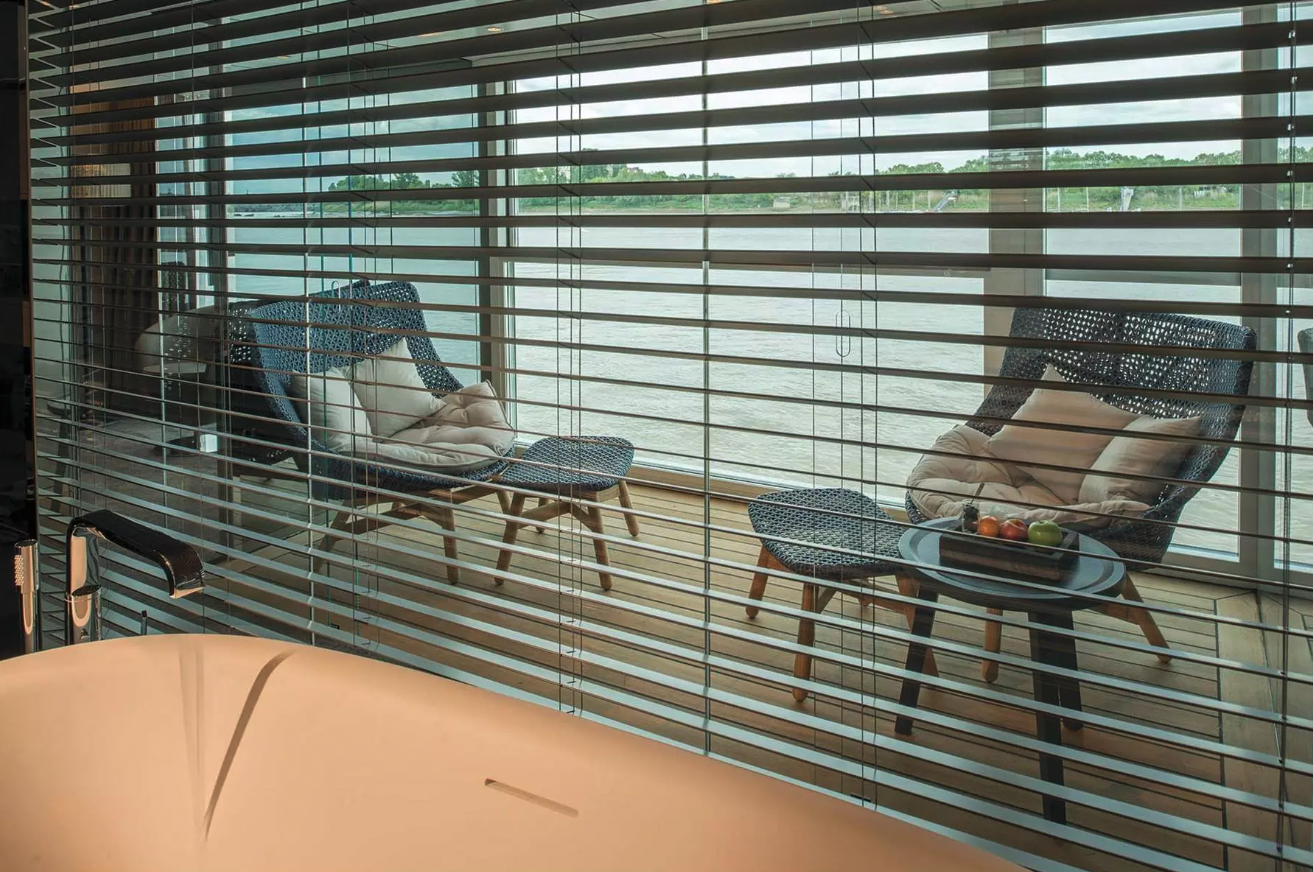
Royal Owners Suite
These Suites on the Diamond Deck are the ultimate in luxury with more space (315ft²), impeccable service, thoughtful touches, an outdoor balcony, lounge area and an oversized bathroom.
Suite Highlights
- A luxury queen sized Scenic Slumber Bed
- Scenic Sun Lounge, for wide-angle splendour at the press of a button
- Separate lounge area
- Oversized bathroom with separate shower and bath, and upgraded bathroom amenities
Amenities & Features
- Exclusive invitation to dine at Table La Rive or Table d’Or
- Priority reservations at selected dining venues
- A complimentary welcome bottle of champagne (750ml)
- €200 per suite on board credit for use in the Wellness Centre
- Private arrival and departure transfers in Europe*
- Personalised butler service, including unlimited complimentary laundry, shoeshine and valet, early morning tea and coffee services and a daily delivery of savoury and sweet canapés or fruit
- Mini bar, replenished daily
- Pillow menu, including anti-aging, low-allergy and memory-foam neck pillows
- Nightly turndown service
- Bathrobes and slippers
- In-suite safe
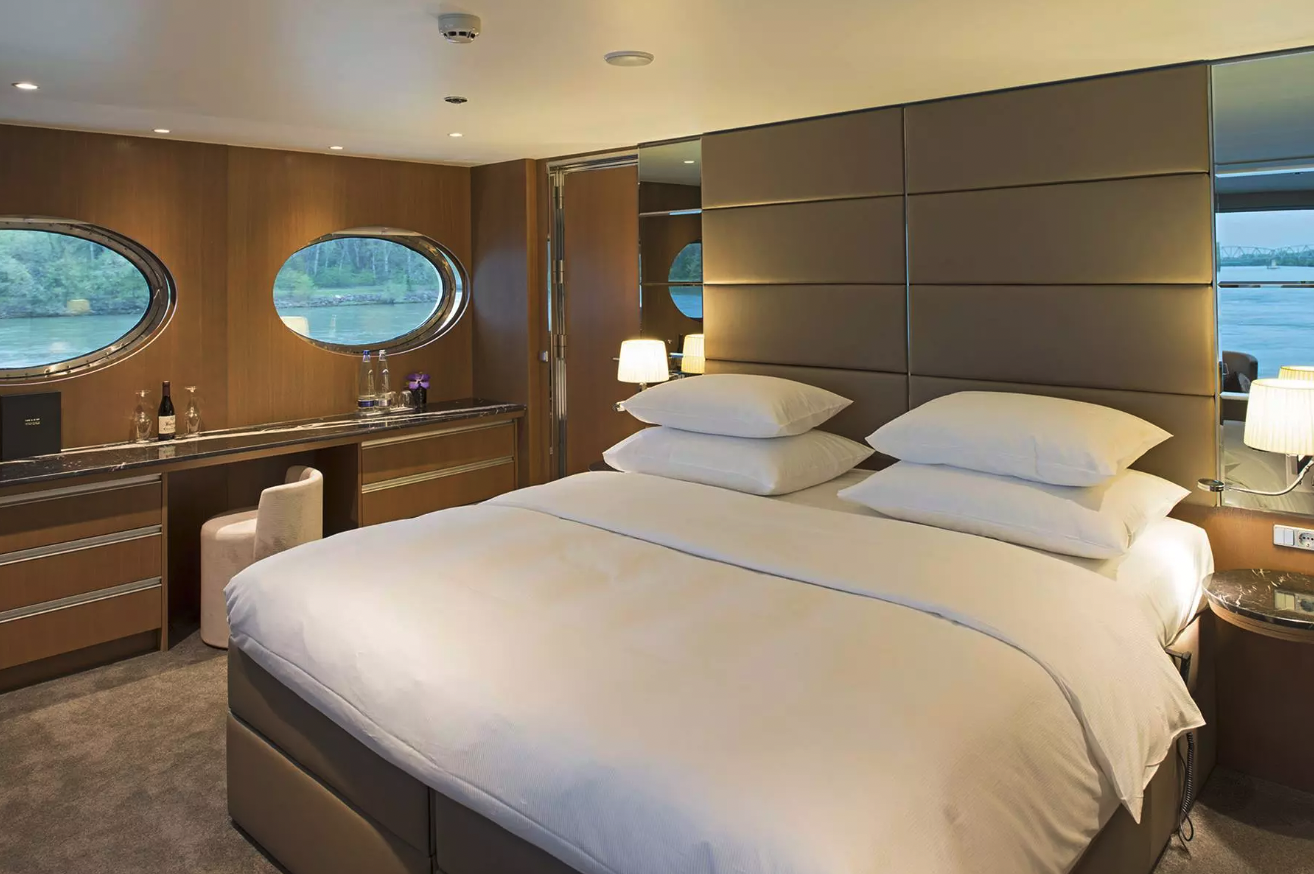
Royal Panorama Suite
These Suites located on the Diamond Deck are the ultimate in luxury with more space, impeccable service, thoughtful touches, an outdoor balcony, lounge area and an oversized bathroom.
Suite Highlights
- A luxury queen sized Scenic Slumber Bed
- Scenic Sun Lounge, for wide-angle splendour at the press of a button
- Separate lounge area
- Oversized bathroom with separate shower and bath, and upgraded bathroom amenities
Amenities & Features
- Exclusive invitation to dine at Table La Rive or Table d’Or
- Priority reservations at selected dining venues
- A complimentary welcome bottle of champagne (750ml)
- €200 per suite on board credit for use in the Wellness Centre
- Private arrival and departure transfers in Europe*
- Personalised butler service, including unlimited complimentary laundry, shoeshine and valet, early morning tea and coffee services and a daily delivery of savoury and sweet canapés or fruit
- Mini bar, replenished daily
- Pillow menu, including anti-aging, low-allergy and memory-foam neck pillows
- Nightly turndown service
- Bathrobes and slippers
- In-suite safe
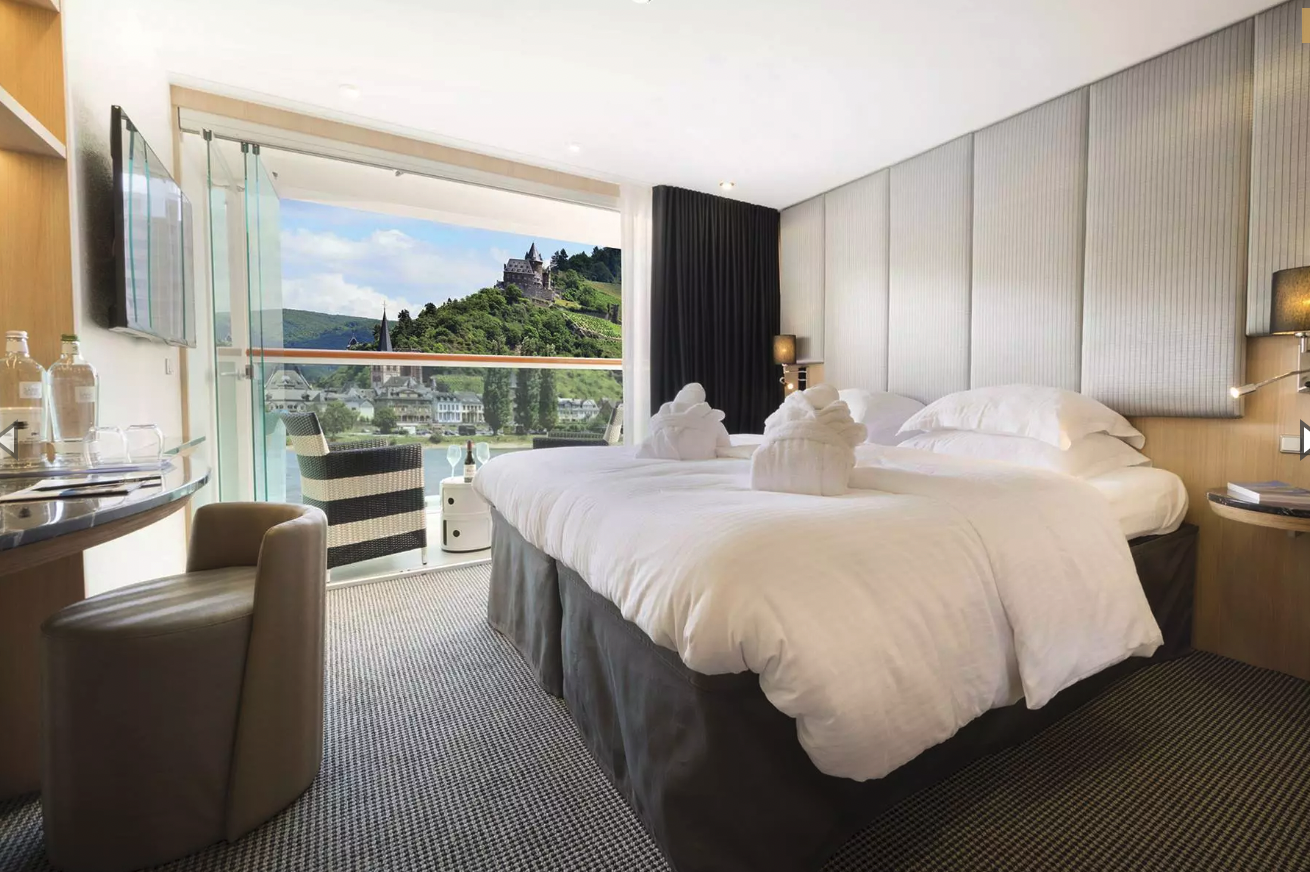
Balcony Suite
Located on the Sapphire and Diamond Decks these stylishly decorated suites feature a full-length outdoor balcony with the exclusive Scenic Sun Lounge and offer private bathrooms with a luxurious vanity basin and shower.
Room Highlights
- A luxury queen sized Scenic Slumber Bed
- Scenic Sun Lounge, for wide-angle splendour at the press of a button
- Spacious bathroom with luxurious amenities
Amenities & Features
- Personalised butler service for every suite
- Complimentary laundry service once per suite
- Early morning tea and coffee
- Beverage service in your suite
- Mini bar, replenished daily
- Pillow menu, including anti-aging, low-allergy and memory-foam neck pillows
- Nightly turndown service
- Bathrobes and slippers
- In-suite safe
- Shoeshine and valet service.
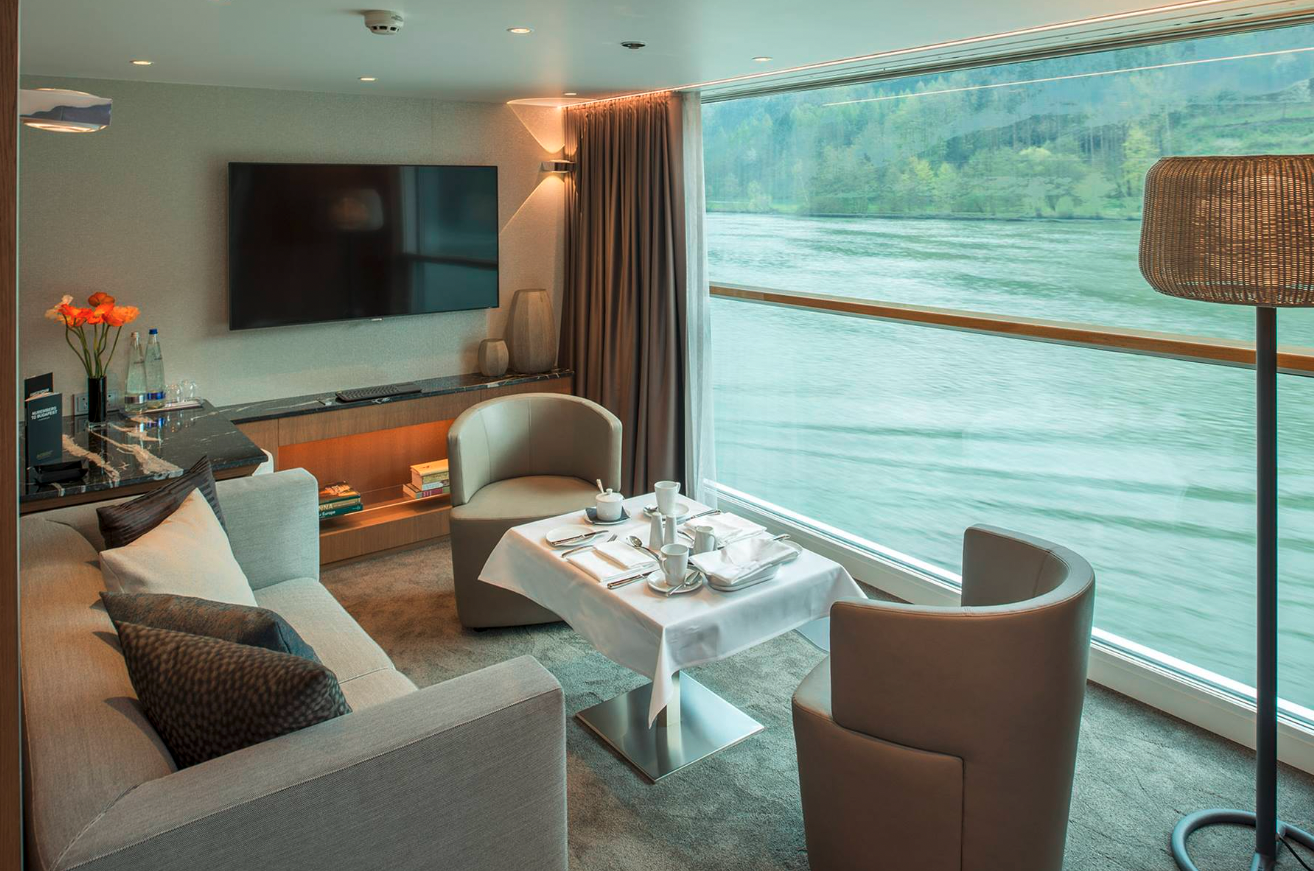
Royal Balcony Suite
These Suites located on the Diamond Deck are the ultimate in luxury with more space, impeccable service, thoughtful touches, an outdoor balcony, lounge area and an oversized bathroom.
Suite Highlights
- A luxury queen sized Scenic Slumber Bed
- Scenic Sun Lounge, for wide-angle splendour at the press of a button
- Separate lounge area
- Oversized bathroom with separate shower and bath, and upgraded bathroom amenities
Amenities & Features
- Exclusive invitation to dine at Table La Rive or Table d’Or
- Priority reservations at selected dining venues
- A complimentary welcome bottle of champagne (750ml)
- €200 per suite on board credit for use in the Wellness Centre
- Private arrival and departure transfers in Europe*
- Personalised butler service, including unlimited complimentary laundry, shoeshine and valet, early morning tea and coffee services and a daily delivery of savoury and sweet canapés or fruit
- Mini bar, replenished daily
- Pillow menu, including anti-aging, low-allergy and memory-foam neck pillows
- Nightly turndown service
- Bathrobes and slippers
- In-suite safe
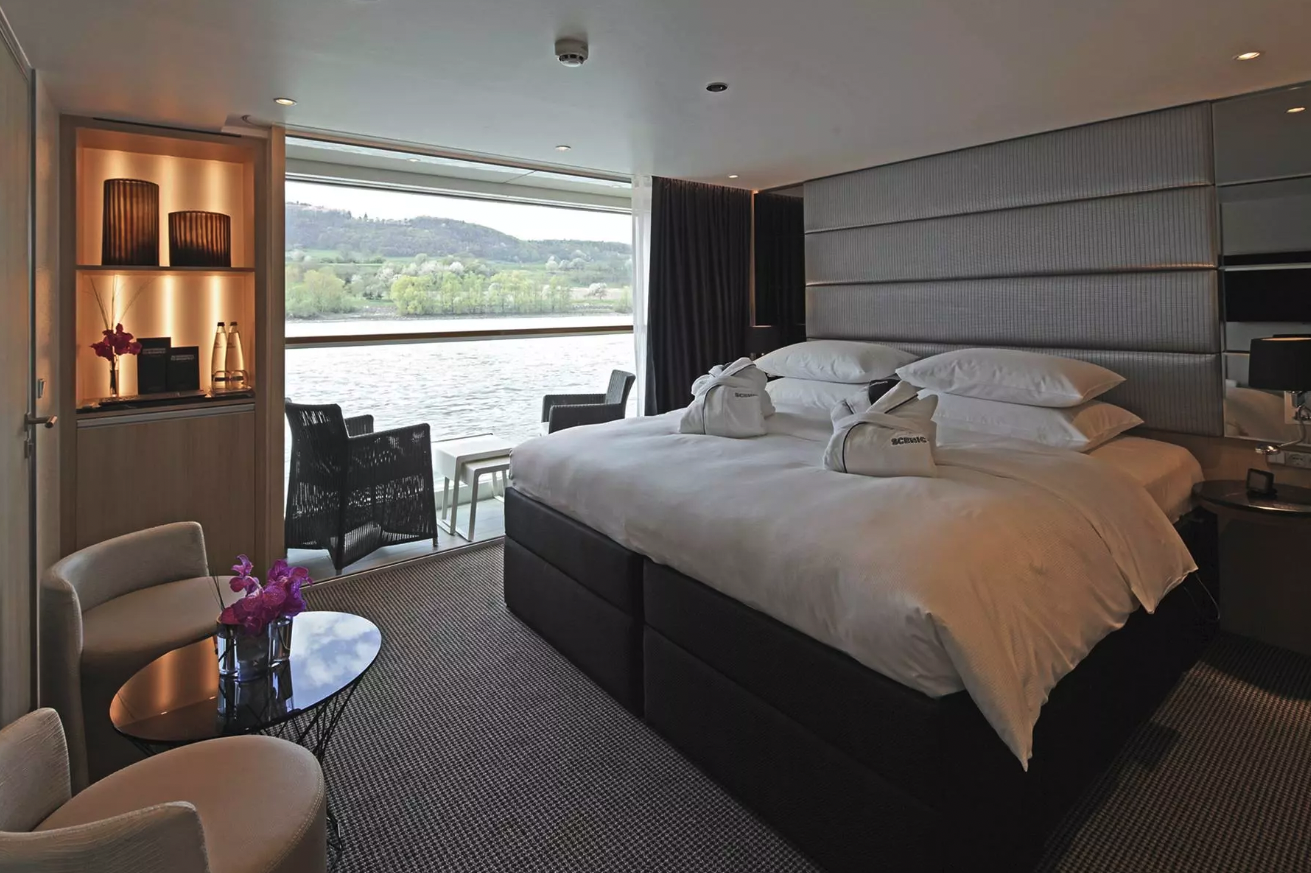
Junior Balcony Suite
These spacious Suites, located on the Sapphire and Diamond Decks, have a private full-length balcony complete with a Scenic Sun Lounge and elegant en-suite bathrooms featuring a large vanity basin and shower.
Room Highlights
- A luxury queen-sized Scenic Slumber Bed
- Scenic Sun Lounge, your all weather balcony at the press of a button
- Spacious bathroom with luxurious amenities
Amenities and Features
- Exclusive invitation to dine at Table La Rive/Table d’Or
- Priority reservations at selected dining venues
- Personalised butler service for every suite
- Complimentary laundry service once per suite
- Daily pressing for two pieces of clothing
- In-suite breakfast with early morning tea and coffee services available
- Daily delivery of savoury and sweet canapés or fruit
- Mini bar, replenished daily
- Pillow menu, including anti-aging, low-allergy and memory-foam neck pillows
- Nightly turndown service
- Bathrobes and slippers
- In-suite safe

Single Balcony Suite
Located on the Sapphire deck this suite is perfect for the solo traveller. Enjoy fantastic views from your full size balcony complete with Scenic Sun Lounge. This cabin also includes an elegant bathroom with a luxurious vanity basin and shower.
Room Highlights
- A luxury queen sized Scenic Slumber Bed
- Scenic Sun Lounge, for wide-angle splendour at the press of a button
- Spacious bathroom with luxurious amenities
Amenities & Features
- Personalised butler service for every suite
- Complimentary laundry service once per suite
- Early morning tea and coffee
- Beverage service in your suite
- Mini bar, replenished daily
- Pillow menu, including anti-aging, low-allergy and memory-foam neck pillows
- Nightly turndown service
- Bathrobes and slippers
- In-suite safe
- Shoeshine and valet service.
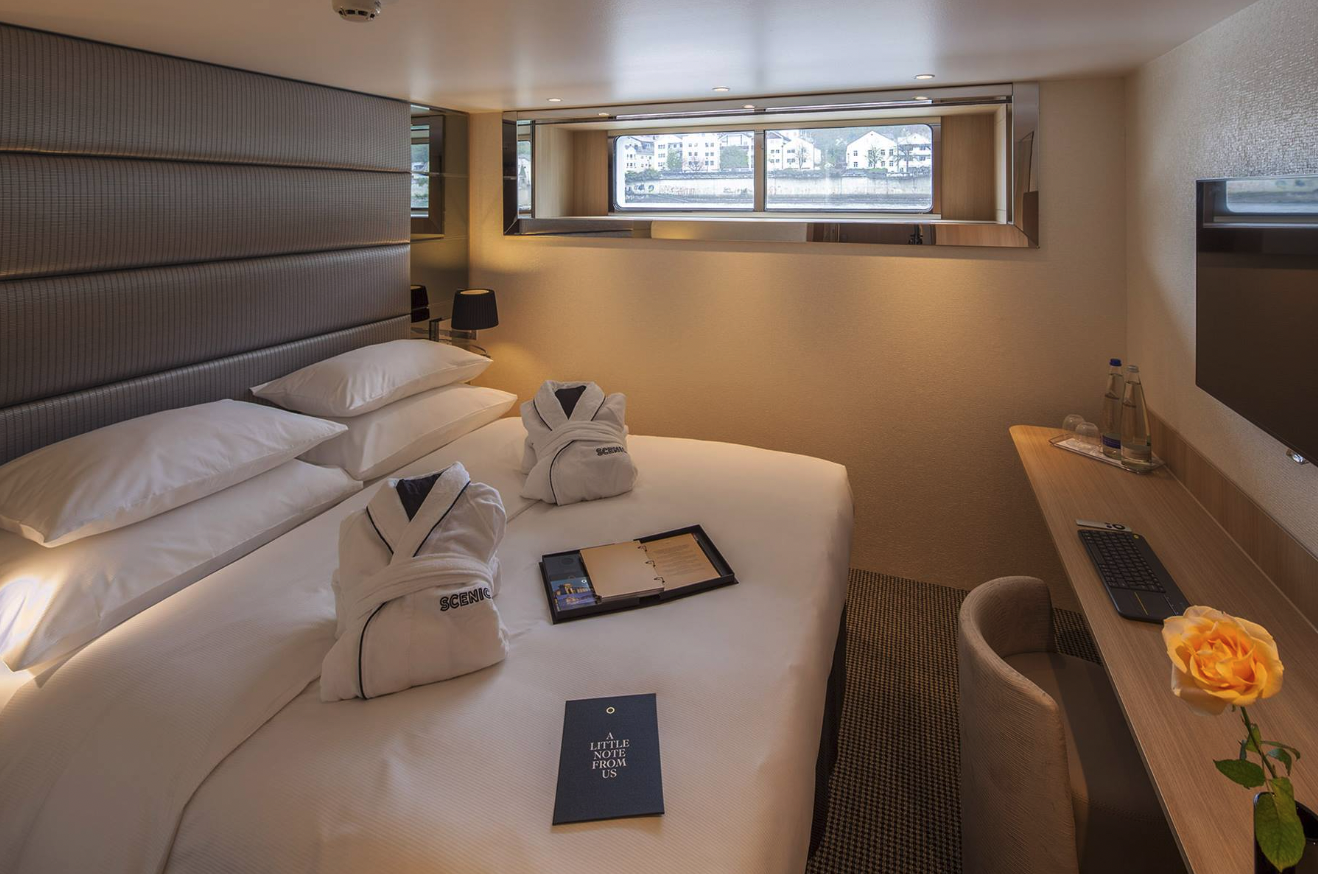
Standard Suite
Our Jewel Deck Suites provide a lovely introduction to river cruising. Comfortable and luxurious with the finest in amenities.
Room Highlights
- A luxury queen sized Scenic Slumber Bed
- Spacious bathroom with luxurious amenities
Amenities and Features
- Personalised butler service
- Complimentary laundry service once per suite
- Early morning tea and coffee
- Mini bar, replenished daily
- Pillow menu, including anti-aging, low-allergy and memory-foam neck pillows
- Shoeshine and valet service
- Nightly turndown service
- In-suite safe
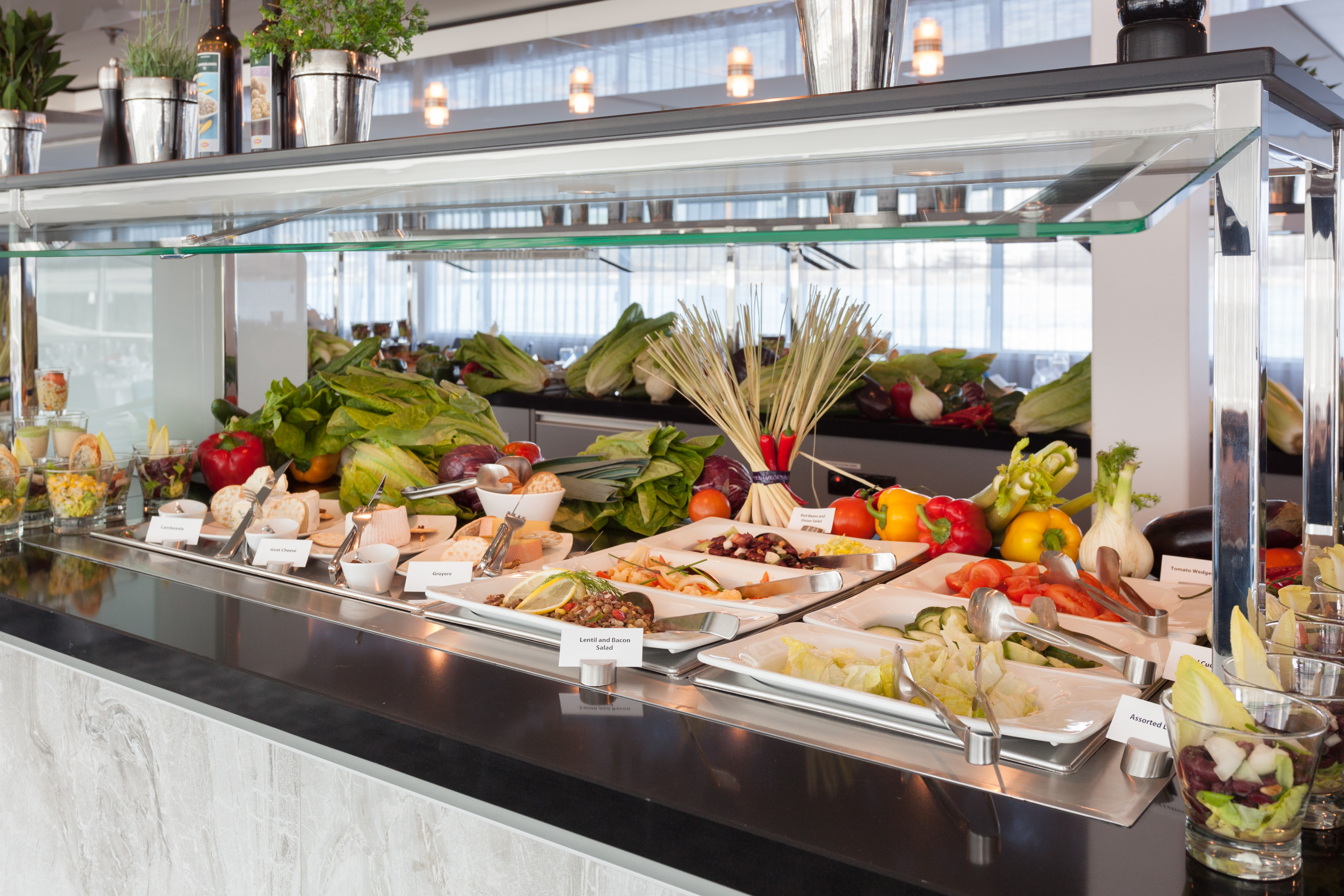
Crystal Dining
Enjoy à la carte menus for breakfast, lunch and dinner at Crystal Dining. Available on all Europe and South East Asia river cruises, this main restaurant offers a relaxed dining experience with local delicacies.
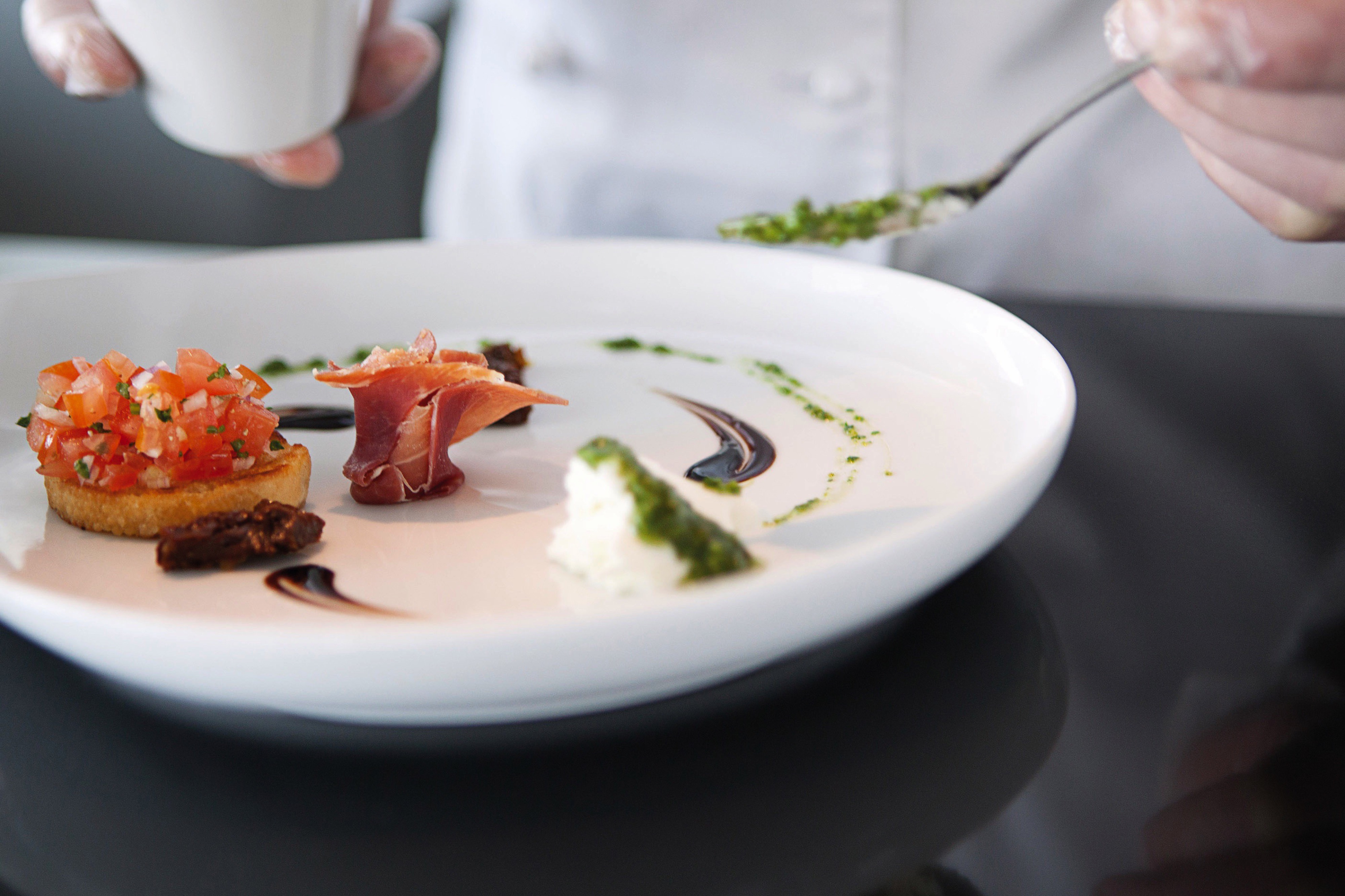
Table La Rive
Featuring a six-course degustation, the exclusive Table La Rive and Table d’Or on our European river cruises offers an intimate dining experience for only 10 guests per evening. Guests staying on the Diamond Deck for 10 nights or longer, as well as Royal and Junior Suite guests staying for up to nine nights, will be invited by our Executive Chef.
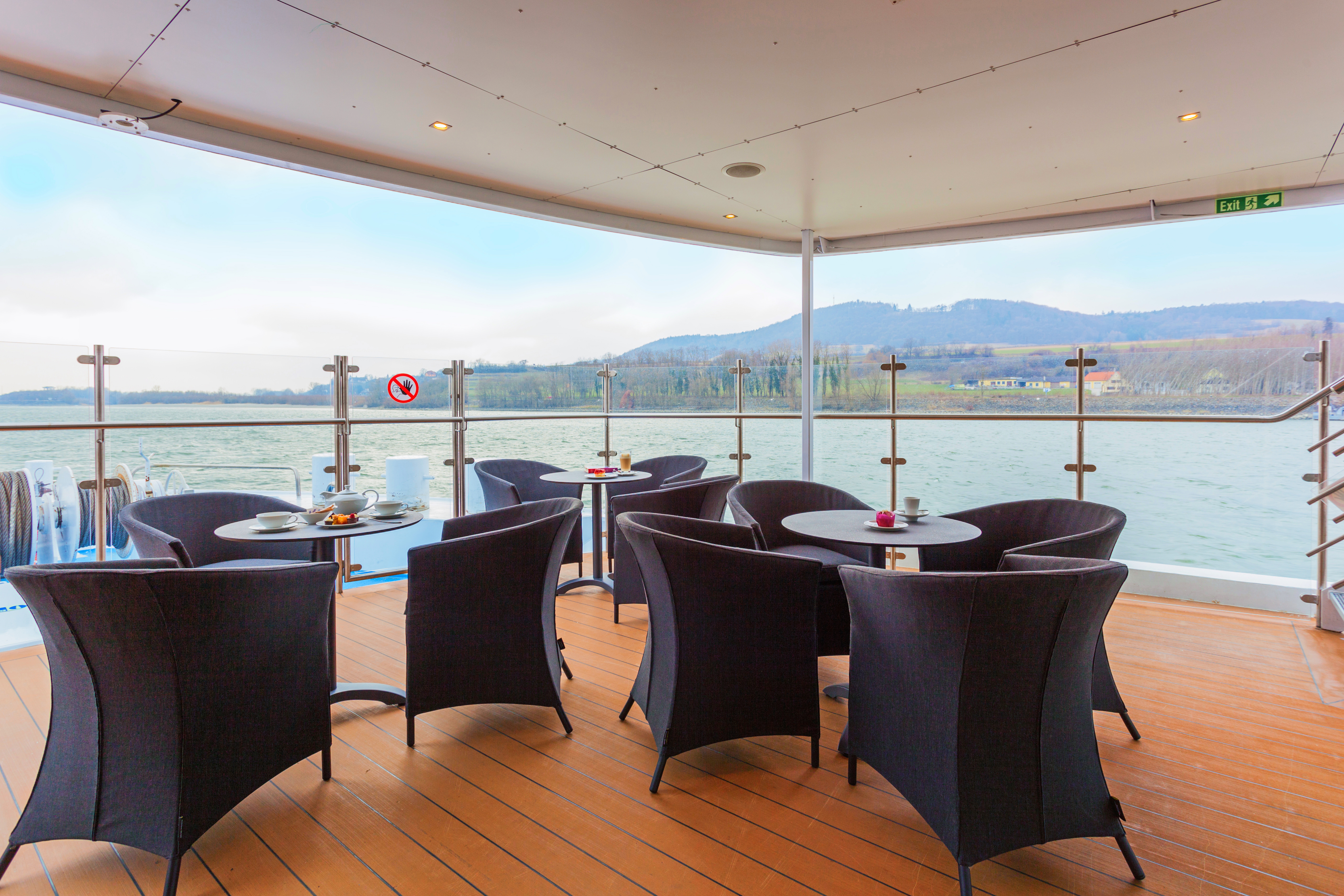
Riverview Terrace
Savour a light bite or refreshing aperitif on the Riverview Terrace, a charming open-air lounge space that’s ideal for sunlit afternoons on the river. With all-inclusive refreshments available throughout your river cruise, this is the perfect place for enjoying a little alfresco dining.
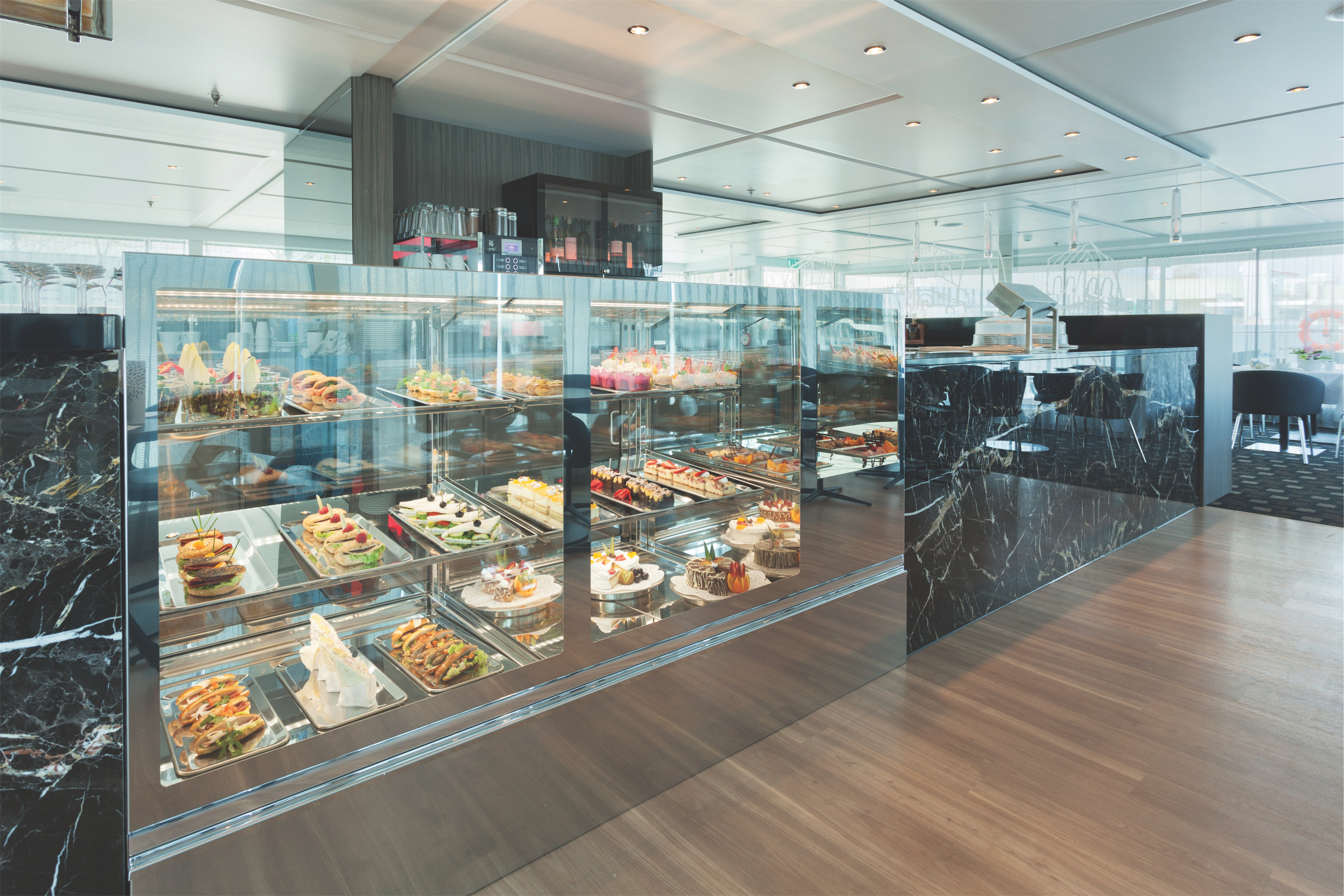
River Café
Offering a casual dining experience, you can enjoy all-day grazing options, light snacks and tasty treats to suit your schedule. The River Café is available on all Europe and South East Asia river cruises.
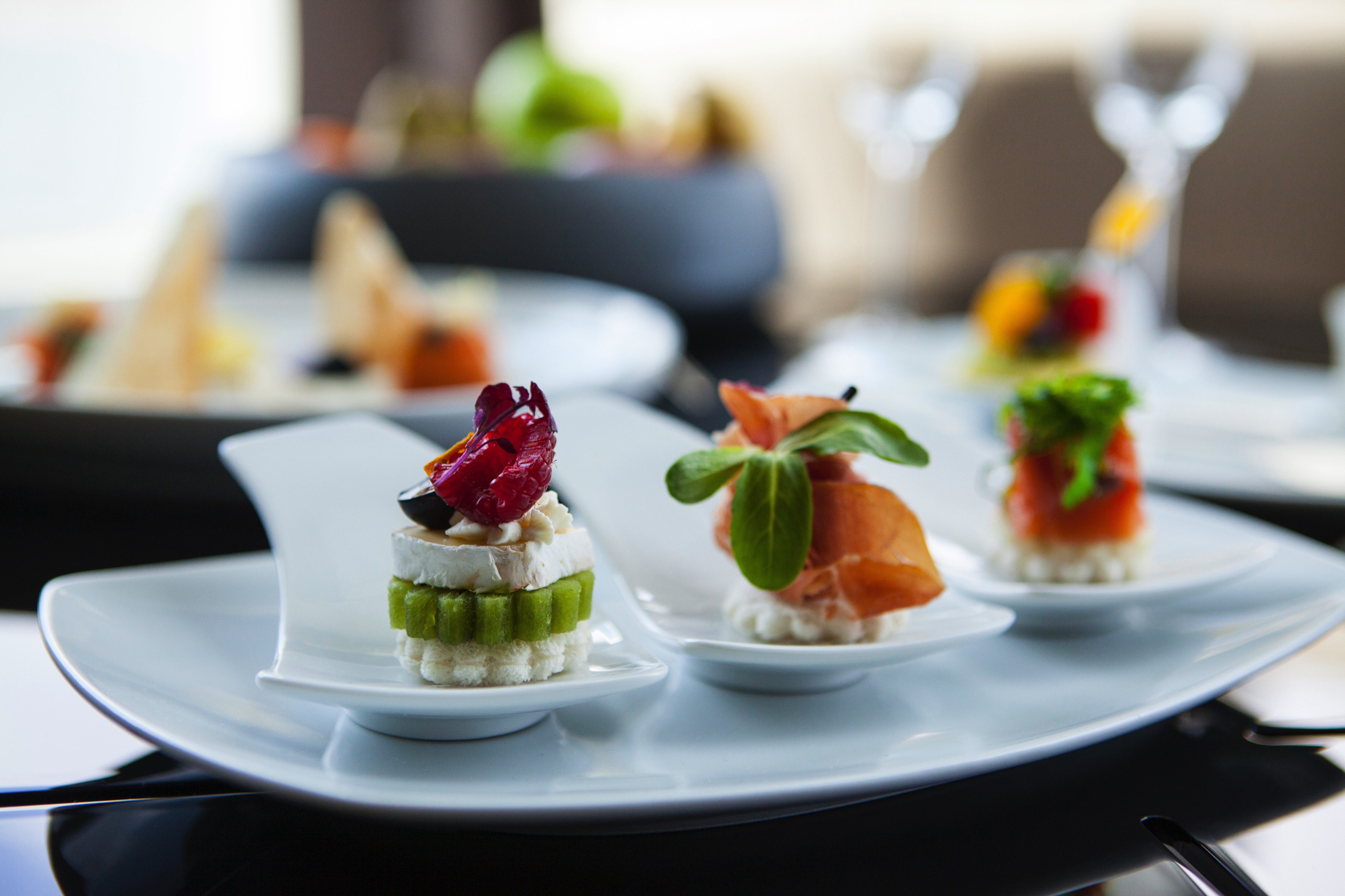
In-Suite Dining
Choose to dine in the comfort of your luxurious suite, while taking in the incredible views and enjoy included room service throughout your cruise.

L’Amour Restaurant
Available on board our Scenic Space-Ships in France, L’Amour boasts the best vantage point at the front of the ship showcasing sumptuous regional specialities from the freshest local produce.
- Authentic Italian, French or Portuguese dining
- A maximum of 32 guests an evening
- All guests will dine here at least once during their cruise
- Five-course menu with regional specialities, paired with wines from the region’s best wineries
- Floor-to-ceiling windows to enjoy the view as you dine
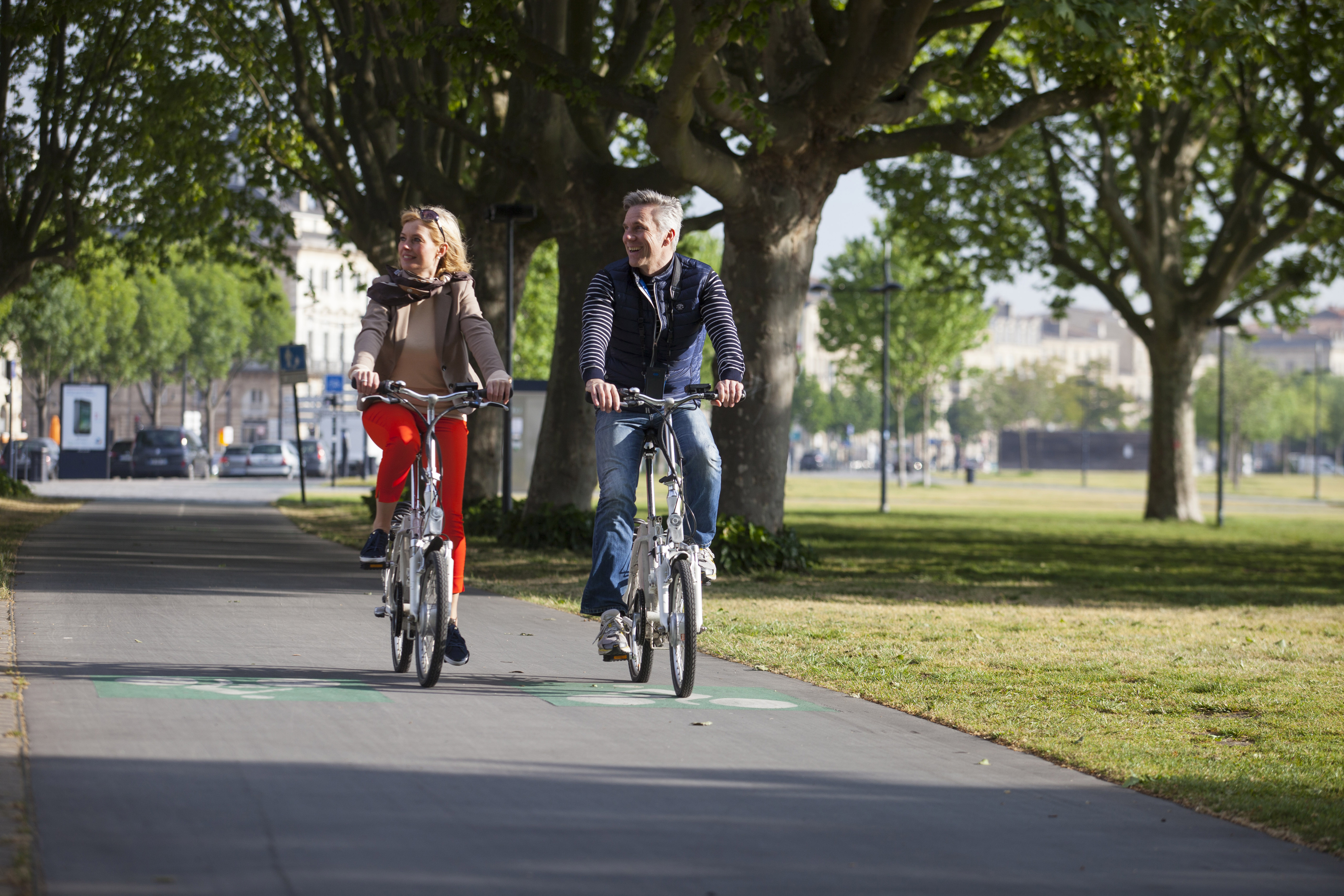
Scenic E-Bikes
Explore cities onshore on our complimentary e-bikes. Keep active and interact with locals as you explore Europe’s countryside.
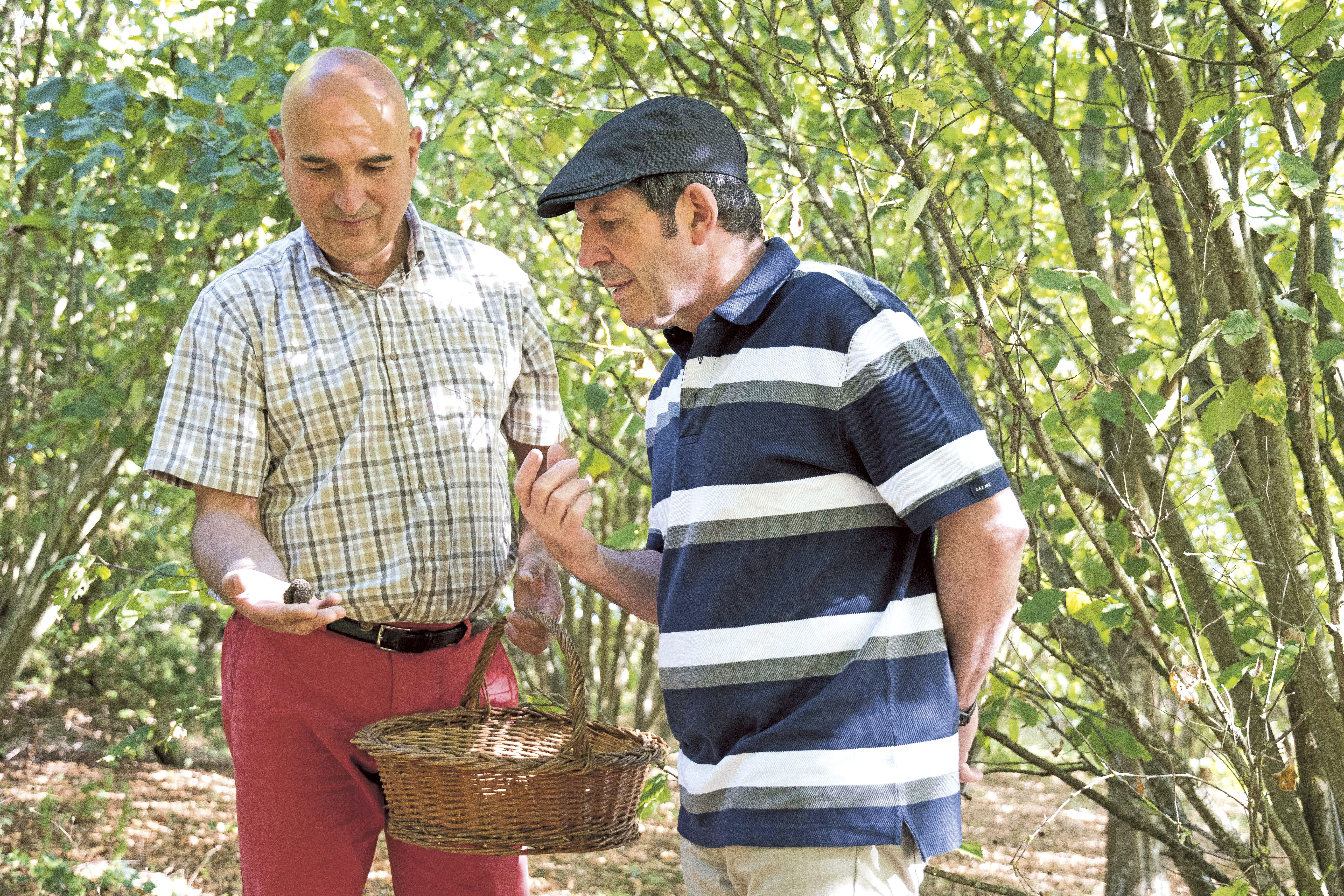
Scenic Freechoice
Enjoy the freedom of customising your holiday your way with Scenic Freechoice. Choose from a wide range of truly all-inclusive experiences classified into ‘Active’, ‘Moderate’, and ‘Relaxed’ grades, and find the ones to match your pace each day.

Scenic Enrich
Enjoy wondrous moments exclusively created for you, ranging from a private concert in a grand 18th century palace in Germany or indulging in a sumptuous dinner in a local home in the Netherlands. Enjoy these exquisite handcrafted experiences that are not available to the regular traveller.
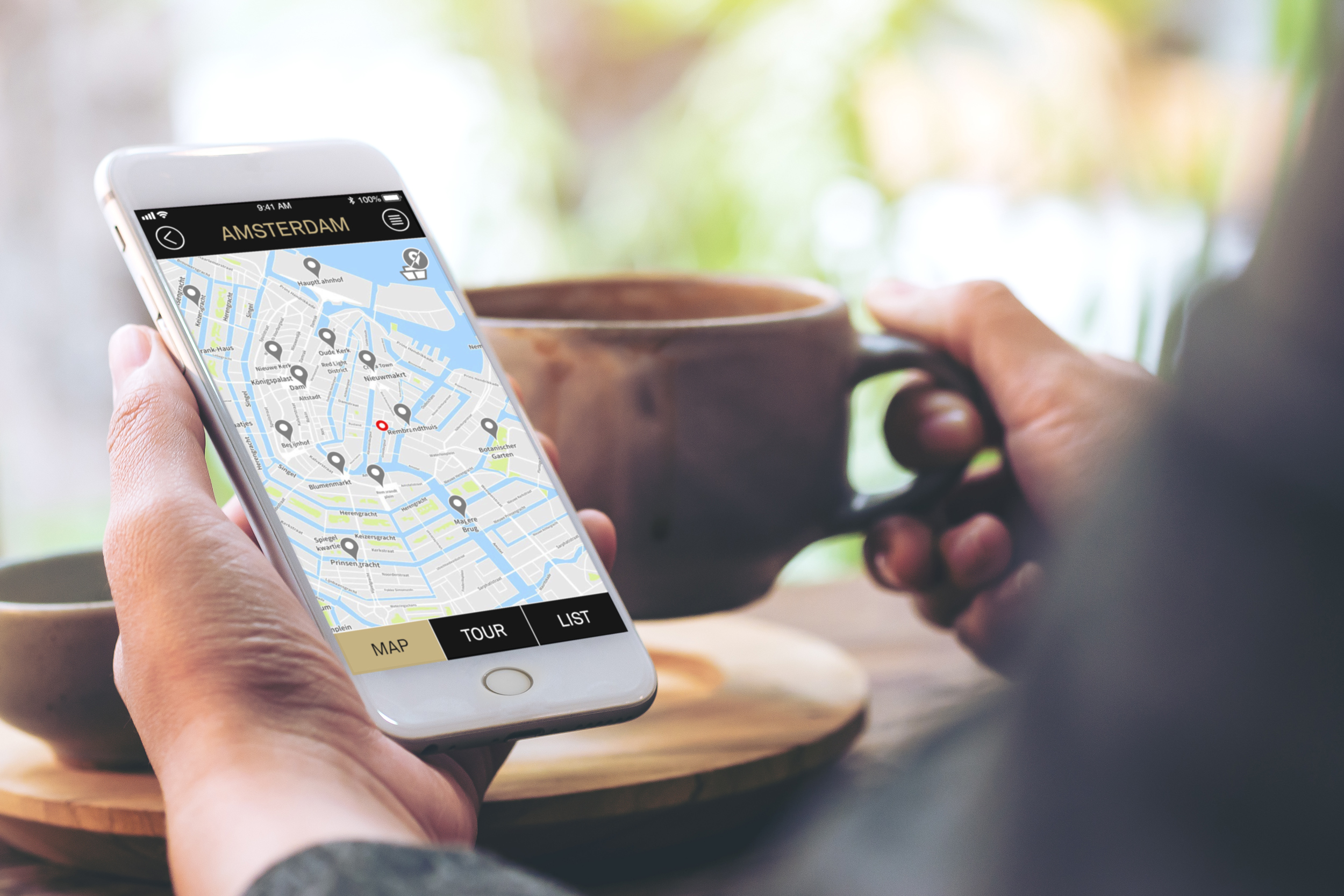
Scenic Tailormade
Immerse in the wonders of Europe with Scenic Tailormade, a GPS-powered discovery system, which can be downloaded from The App Store or Google Play, lets you see more of the continent both on board and on shore.
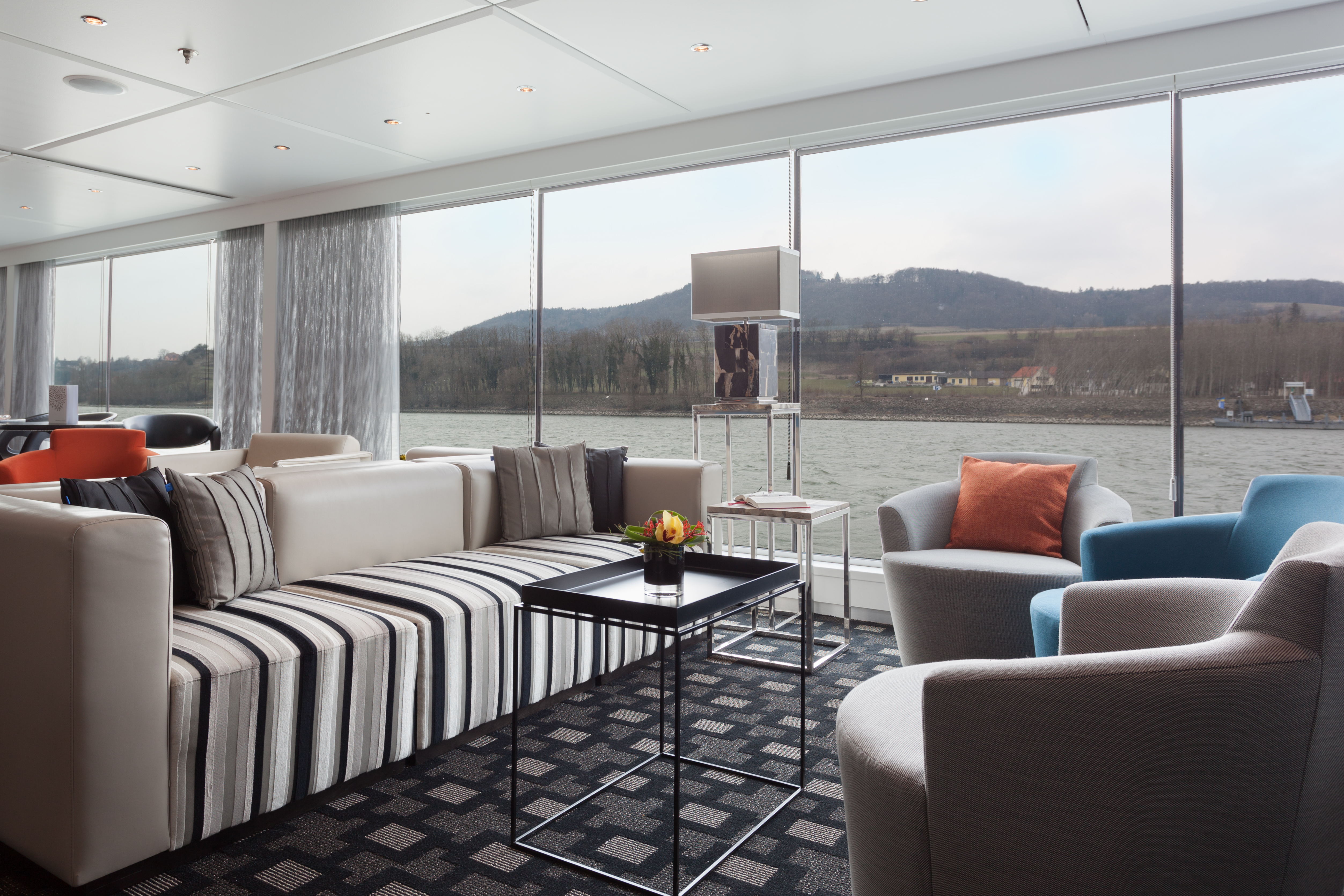
Panorama Lounge & Bar
Explore our extensive wine list, relax with a coffee or catch-up with new-found friends at the Panorama Lounge & Bar. This is the main bar lounge on-board our Space-Ships, and it’s tastefully furnished to guarantee your comfort and enjoyment.

The Sun Deck
Make the most of every ray of sunshine with our purpose-built Sun Deck. Complete with deck chairs and a games area, this is a place to kick back and enjoy the view as your Space-Ship travels to its next destination.

Reception
A warm welcome awaits at your reception area, which you’ll find in the central atrium on board our Space-Ships. Our crew are on hand 24 hours a day to help with whatever you need, while the area also doubles as the meeting point for the day’s shore excursions.

Wheelhouse
The Wheelhouse is where our trained crew pilot and navigate your Space-Ship, negotiating France’s beloved waterways with the utmost care and precision. Feel free to stop by and find out what goes on behind the scenes.

Gallery
Our Gallery spaces are dedicated to showcasing works by local artists, so you feel connected to people and place in every destination. We believe little touches like this are what make our European river cruises so special.
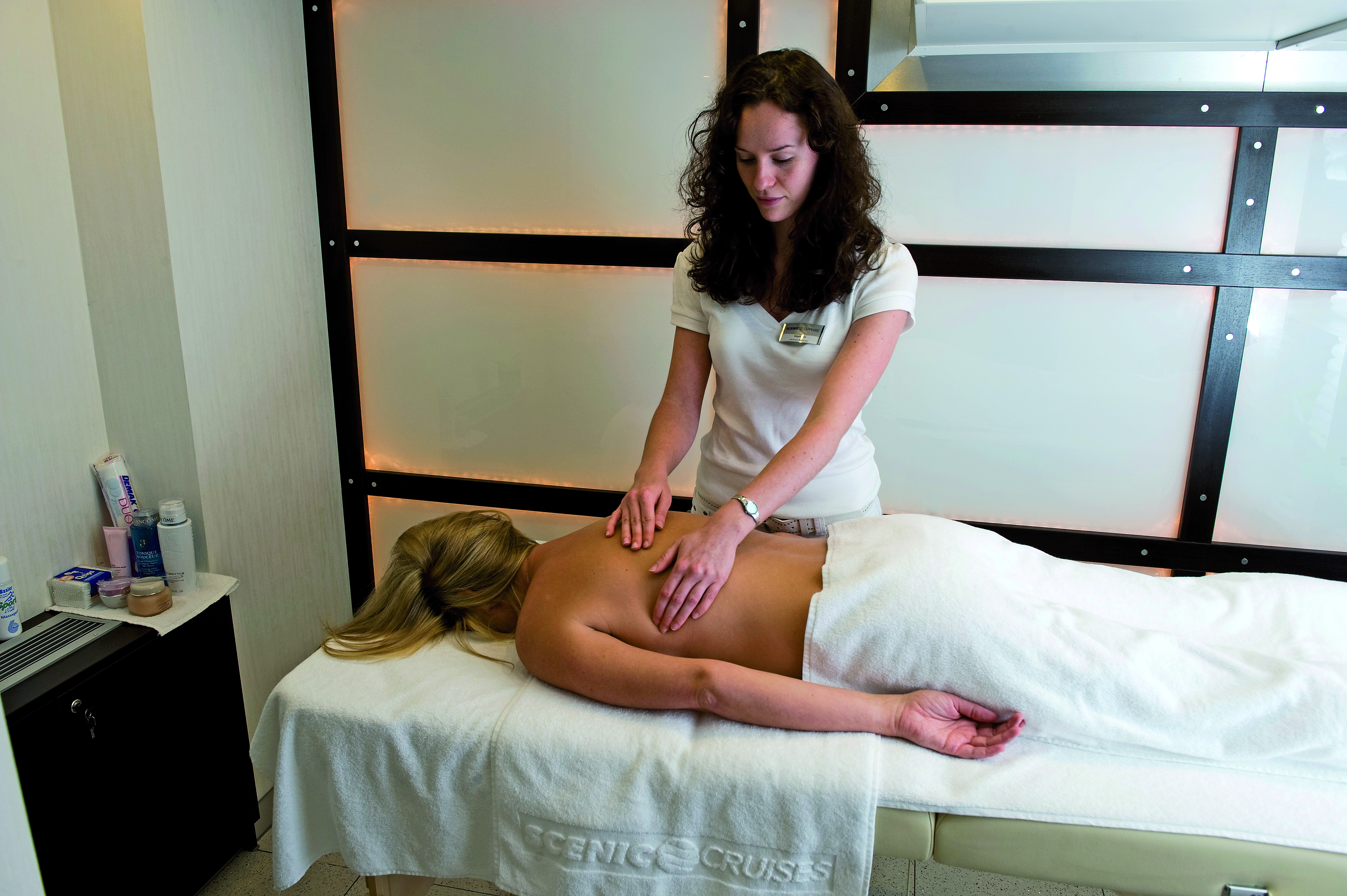
Wellness Area
Maintain your wellness routine at our state-of-the-art gym, morning stretching classes^ with the Wellness Coach or rejuvenating spa treatments*. Exercise on the walking track on the Sun Deck or take a dip in the Vitality Pool.

Fitness Centre
Stay active on your travels with a visit to our designated Fitness Centre. Featuring the latest workout equipment, including both cardio and weight-training machines, this is a space where you can work up a sweat and get ready for another unforgettable day on the river.
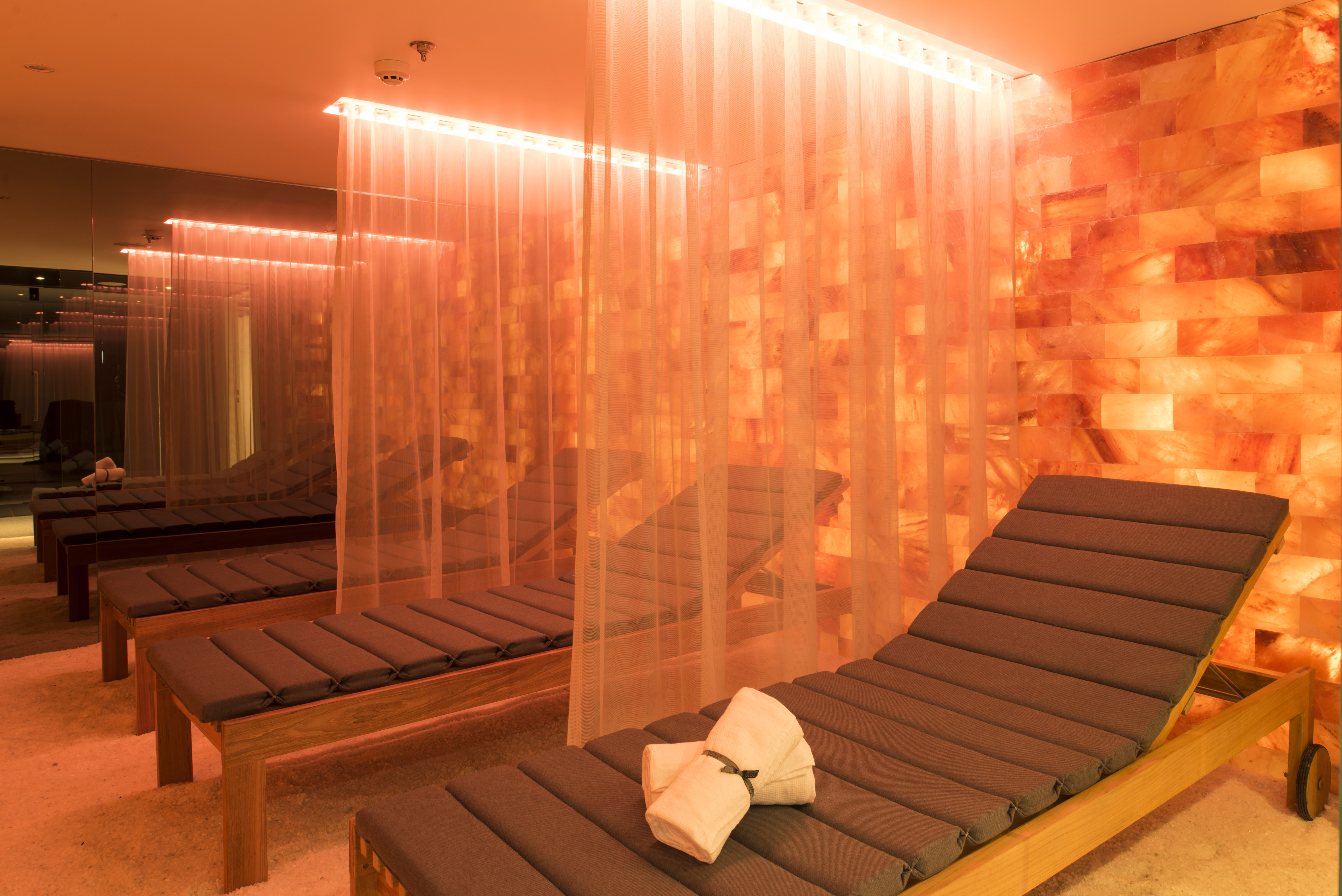
Salt Therapy Lounge
This innovative lounge is featured on most of our Space-Ships in Europe. The salt brick walls of the humidity and temperature-controlled lounge are known to offer a range of health benefits for respiratory and immune systems.
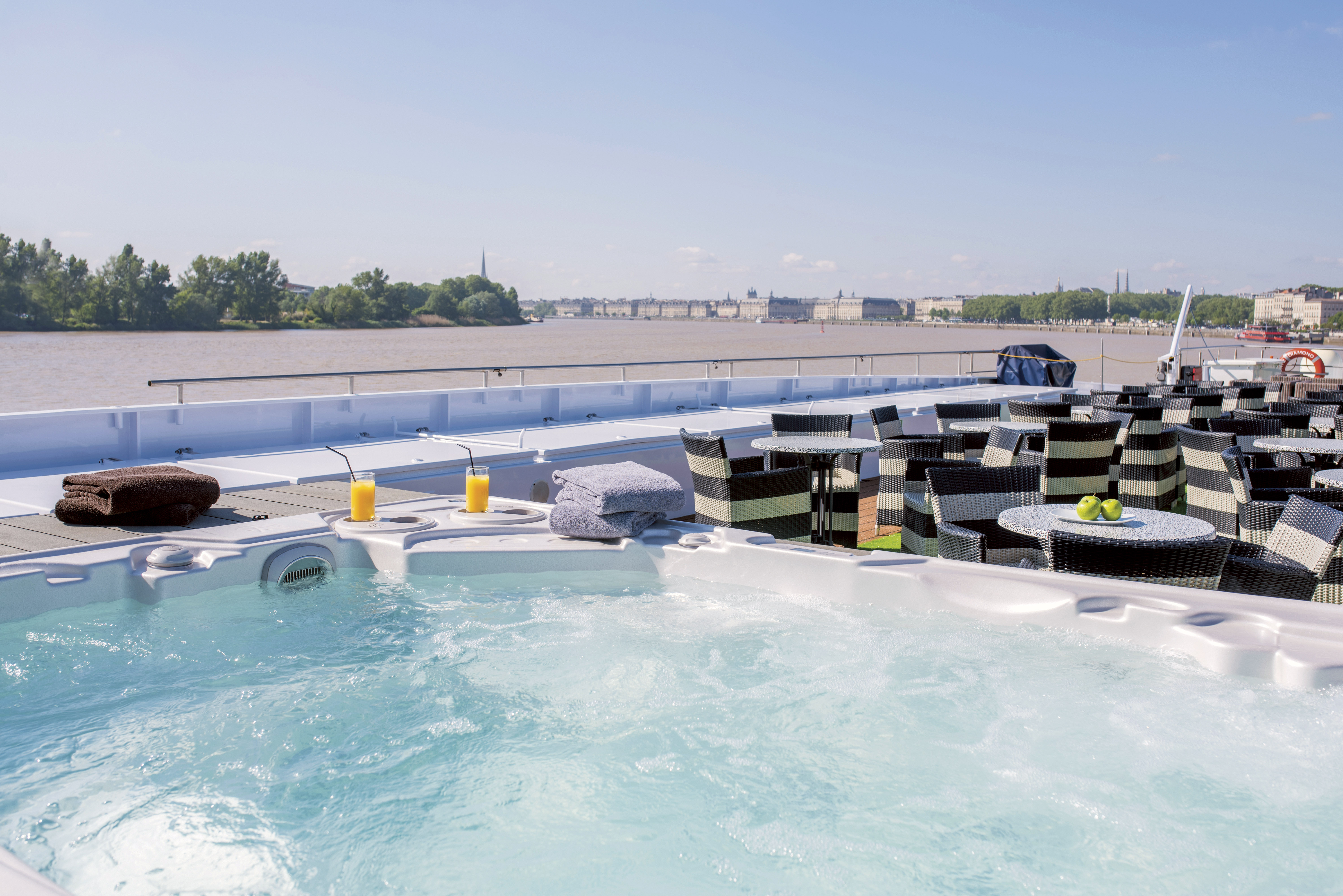
Vitality Pool
Admire the passing views, or take a rejuvenating dip in the Vitality Pool.
Dress Code
When you are relaxing on board, the dress code is smart casual and comfortable. Do not forget your swimsuits and exercise attire for the heated pools and plunge pools, the wellness areas and the gym, yoga and Pilates studio.
For evenings, while there are no formal nights, the recommended on board dress code is elegant casual for most restaurants. Suggested attire for women includes a dress, skirt or trousers with a sweater or blouse, and for men, trousers and a collared shirt. A tie and jacket are optional, but not required.
Age Restriction
Luxury expedition style cruising is not recommended for children under 12. Guests under the age of 18 years must be accompanied by an adult and must share their accommodation with an adult. No children programs or babysitting services are available on board.
Dietary Requirements
Scenic accommodates special dietary requirements to the best of our ability across our river cruises, ocean voyages and land journeys where applicable. If you have special dietary requests, please notify us at the time of booking and inform your Cruise Director when you arrive.
Please note: while we endeavour to accommodate all dietary requirements, special requests are not guaranteed and failure to meet any request is not a breach of contract on our behalf.
Wi-Fi
Complimentary internet facilities are available and Wi-Fi is accessible throughout the ship for your personal electronic devices. We cannot guarantee the availability or quality of the internet connections as this may vary according to destination and weather. Please note service will be limited in Polar and remote regions. Some sites also may not be accessible due to Scenic firewall/company protection.
Medical Facilities
Scenic Space-Ships do not carry medical personnel on board and immediate medical attention cannot always be guaranteed. However, our staff are trained in first aid, and can provide basic medical assistance. Should you need to call medical services, this will be at your own expense. Please be aware that we cannot provide personal escorts for medical visits.
Smoking Policy
Smoking is not permitted in suites or any other indoor area across the Scenic fleet.
Smoking is permitted in specific areas of external decks. However, we cannot guarantee that these facilities will always be available.
Packing Tips
There are no specific pieces of clothing we insist you pack, however we can offer pieces of advice, based upon your itinerary. We recommend comfortable walking shoes for sightseeing, as well as any garments, such as hats, gloves and water-resistant jackets, which will help you to stay comfortable whatever the weather. The dress code across all Scenic cruise and tour itineraries is casual and comfortable. Dinner attire is smart casual — open-neck shirts, trousers and dresses; you may wear a jacket or blazer with a tie but it is not required.
You are allowed to carry whatever prescription medication you require, and we’d recommend packing an ample supply that covers the duration of your cruise or tour. Due to strict drug laws in certain countries, make sure medication is carried in its original packaging with the prescription label clearly marked. When travelling through airports or border crossings, we’d recommend that you keep medication in your hand luggage ready for inspection.
Languages
The on board language is English. All staff, crew and tour guides speak English, and all announcements and lectures will be made in English.
Truly All-Inclusive Onshore Experiences
Scenic Enrich | Enjoy wondrous moments exclusively created for you, ranging from a private concert in a grand 18th century palace in Germany or indulging in a sumptuous dinner in a local home in the Netherlands. Enjoy these exquisite handcrafted experiences that are not available to the regular traveller.
Scenic Freechoice | Enjoy the freedom of customising your holiday your way with Scenic Freechoice. Choose from a wide range of truly all-inclusive experiences classified into ‘Active’, ‘Moderate’, and ‘Relaxed’ grades, and find the ones to match your pace each day.
Expert Local Guides | Nobody knows a place like those who live there. Explore the highlights and the hidden gems of your destination through the expert and passionate eyes of a local and take comfort in knowing you’re in good hands.
E-bikes | Enjoy the flexibility of our electrically-assisted bikes to explore your destination with minimal pedalling.
Scenic Tailormade App | Our exclusive app is the perfect accessory for independent exploration. Select between CityTour and Riverview modes to enjoy effortless self-guided touring.
Return Airport Transfers | Enjoy seamless included return airport transfer at the end of your trip.
The Scenic Space-Ship Experience
Spacious Suites | Scenic Space-Ship suites offer you the luxury of space. Our suites are some of the largest on Europe’s rivers. Relax in the signature Scenic Sun Lounge providing you with your very own window to the world in all our Balcony Suites.
Up to five dining options | With an array of dining options, you can sample new cuisines and a different meal each day on your relaxing river cruise. From casual to fine dining, you will experience fresh local produce and a taste sensation for every occasion.
Complimentary beverages | Whether relaxing by the pool accompanied by a refreshing cocktail, or a nightcap for a good night’s sleep, enjoy our range of unlimited complimentary premium beverages all day, every day.
Butler service | Need your shoes shined, breakfast sent to your suite or laundry done? Consider it done. Our all-day butler service will ensure you have everything you need for a relaxing holiday.
Complimentary mini-bar | The mini-bar in your room will be restocked daily with all your favourite alcoholic and non-alcoholic drinks and snacks, customisable to your taste.
Wellness area and fitness area | Stay in your best shape while on board with our fitness centre and wellness zone. Enjoy the healing benefits of the Salt Therapy Lounge known to improve respiratory conditions and immunity.
Cruise Director | Our expert Cruise Directors are your storyteller, historian, guide, and friend rolled into one. From helping you set up your Tailormade App to directing you to the nearest golf course, you can count them to address your every need.
Complimentary Wi-Fi | Stay in touch with your family and friends no matter where you set sail to with our complimentary on board Wi-Fi.
All tipping and gratuities | We’ve included all your tipping and gratuities for the entire cruise so you can lock away your wallet and simply enjoy the truly all-inclusive experience.
What's Included
Yes, all meals and drinks (with the exception of a selection of speciality wines and rare spirits) are included in the price of your Europe river cruise or Scenic Eclipse voyage.
Inclusions differ for land journeys and the land element of South East Asia river cruises. Selected meals and drinks are included. Please refer to the itinerary for full details.
Scenic E-Bike
If you’d like to use a Scenic e-bike, please notify the reception staff the day before. They will organise for the bikes to be unloaded when the ship enters port. Please note that Scenic e-bikes are not available, and are not available during Portugal cruises due to cycling path restrictions along the respective rivers.
Dining Times
Dining times may vary depending on the day’s activities, but are generally as follows:
- Breakfast: 7am – 9:30am
- Lunch: 12pm – 2pm
- Dinner: 7pm – 10pm
Please note: if a specific sightseeing excursion means you will miss a meal on board, speak to a member of staff and they will be happy to have a picnic box prepared for you before you depart.

Sun Deck
- Riverview Terrace
- Wheelhouse
- Sun Deck
- Walking Track
- Vitality Pool

Diamond Deck
- Panorama Deck
- L’Amour Restaurant
- River Cafe
- Panorama Lounge & Bar
- Gift Shop
- Reception
- Elevator
- Royal Owners Suite Cat RO
- Royal Balcony Suite Cat RA
- Junior Balcony Suite Cat RJ
- Royal Panorama Suite Cat RS
- Balcony Suite Cat A & P

Sapphire Deck
- Gallery
- Table La Rive
- Scenic Culinaire
- Crystal Dining
- Reception
- Elevator
- Junior Balcony Suite Cat BJ
- Single Balcony Suite Cat BS
- Balcony Suite Cat B, C

Jewel Deck
- Wellness Area
- Fitness Centre
- Salt Therapy Lounge
- Standard Suite Cat E
